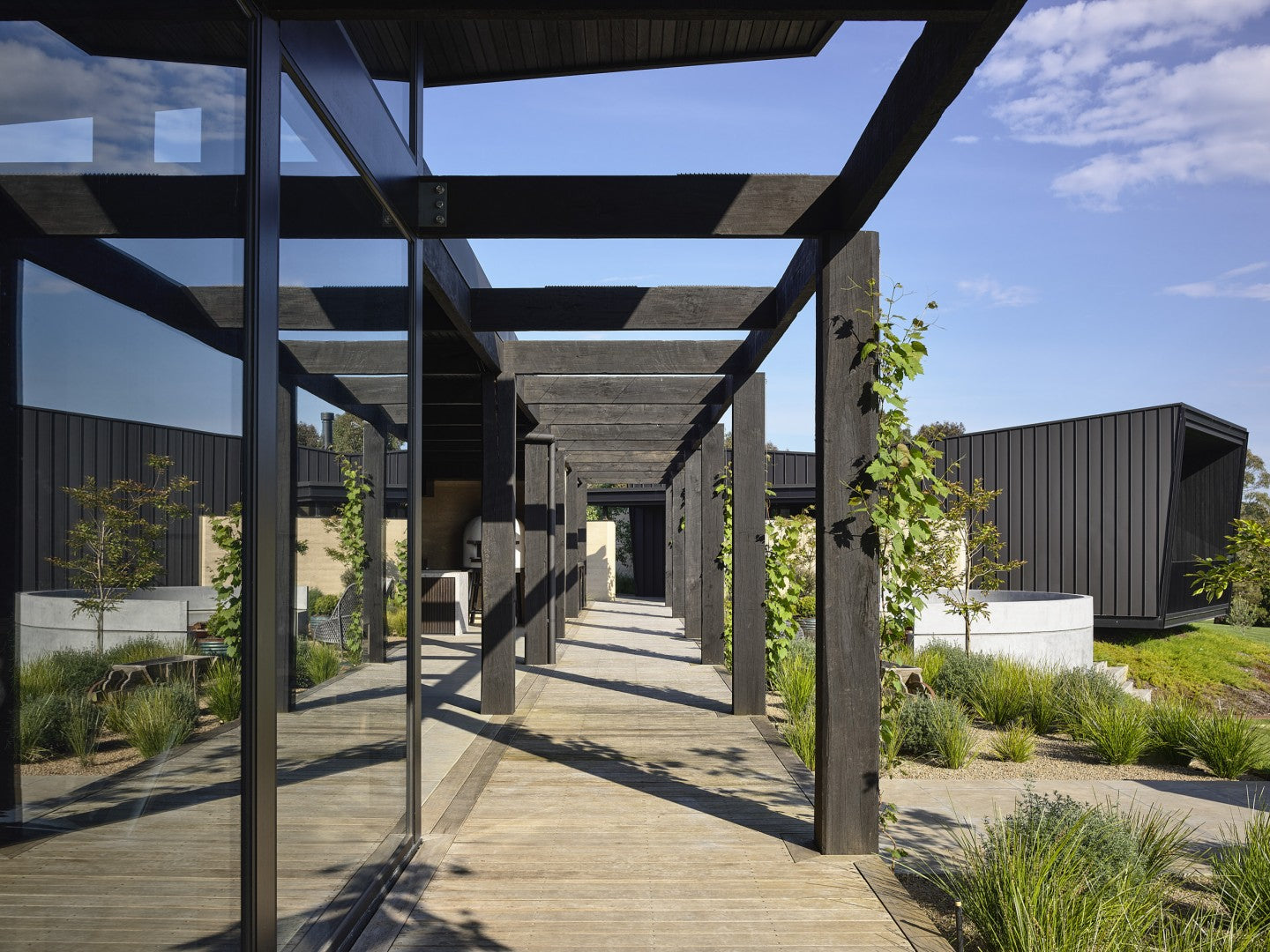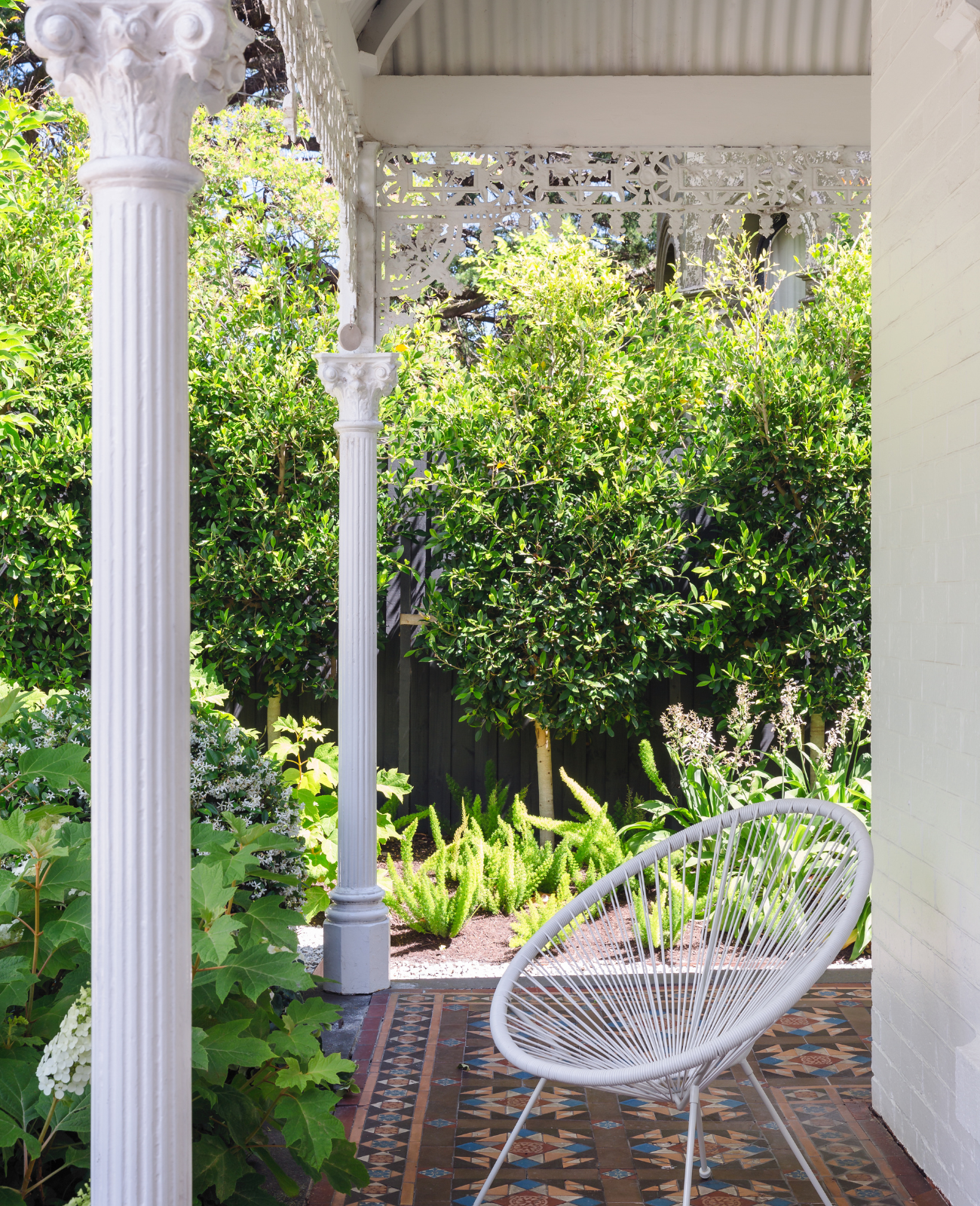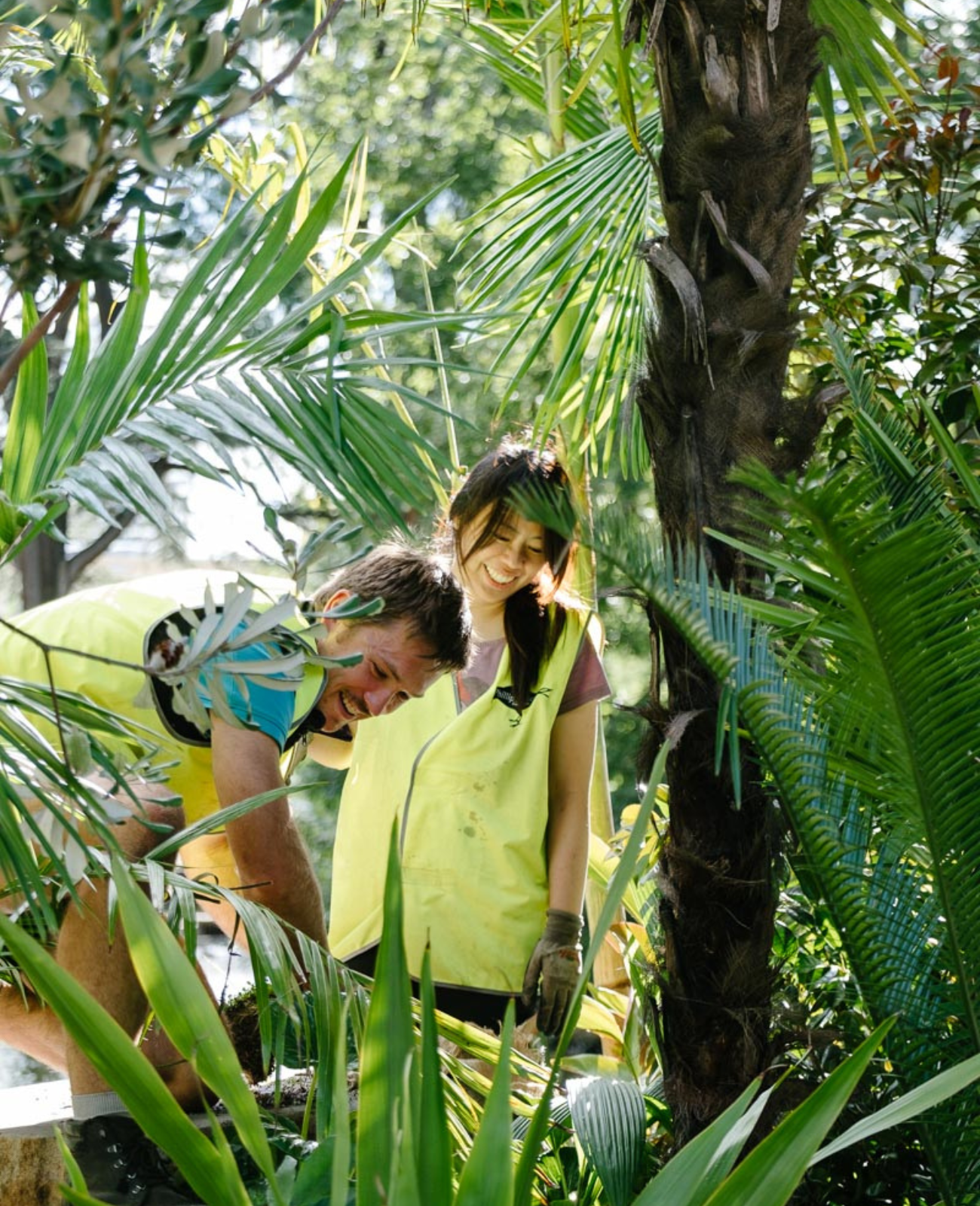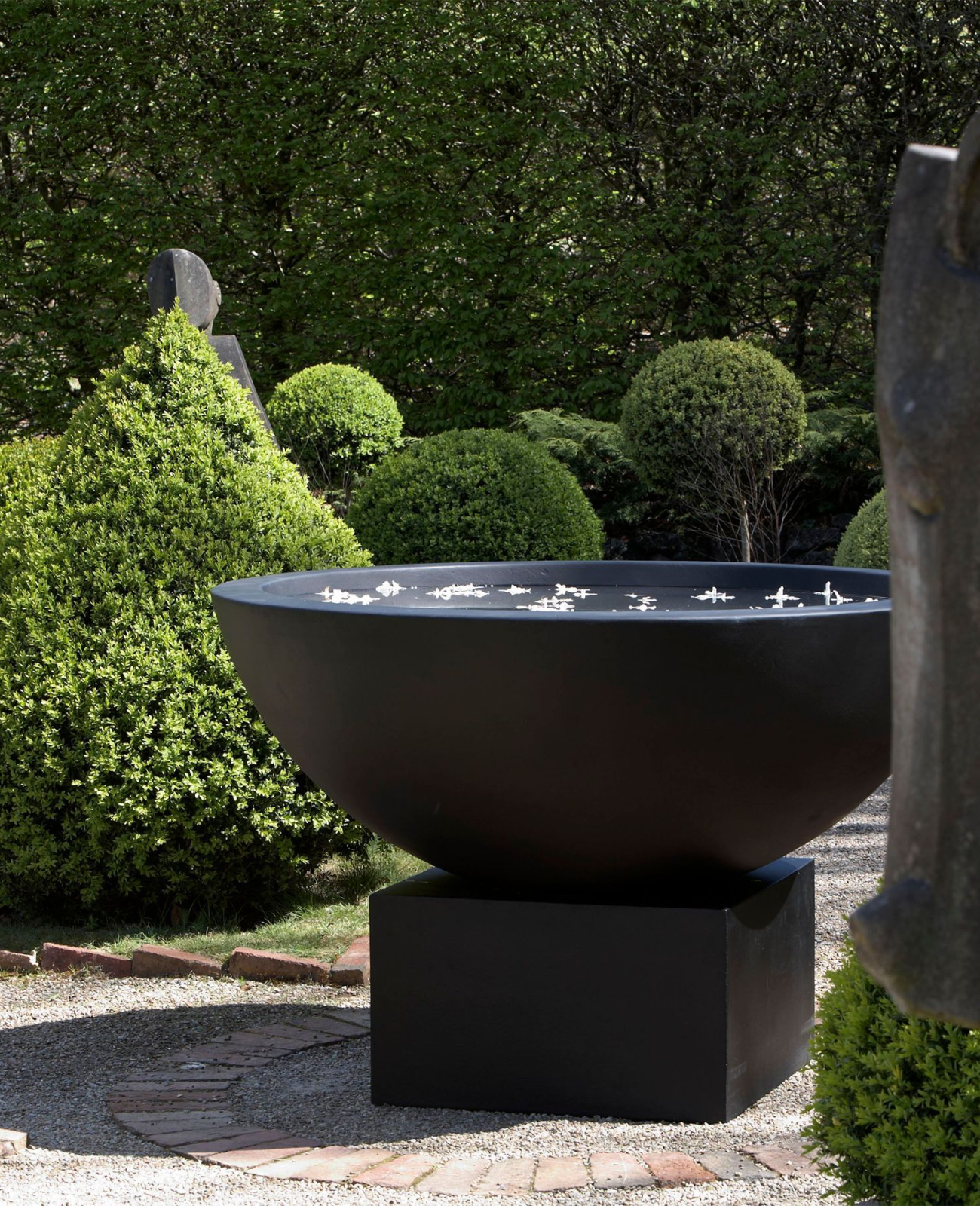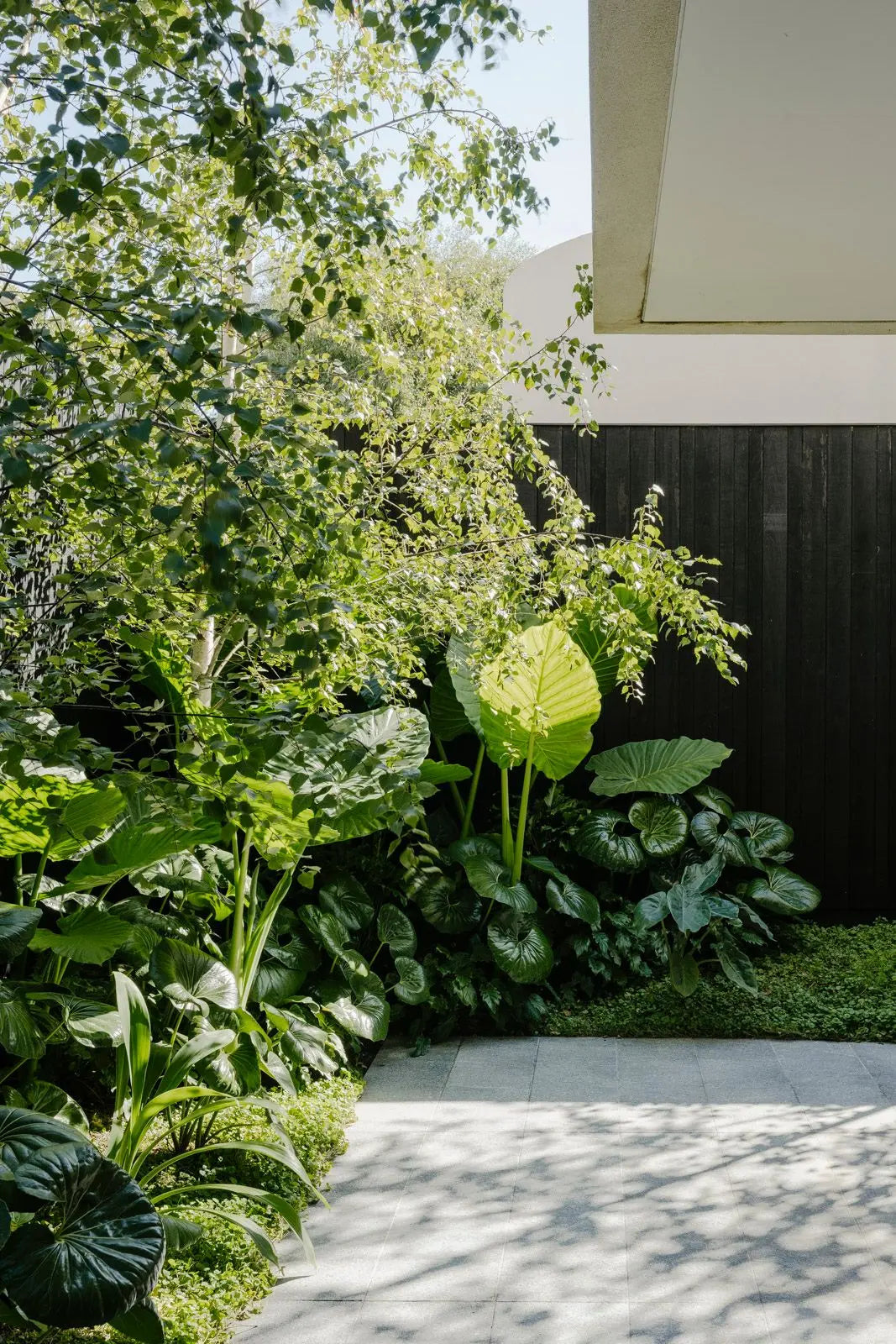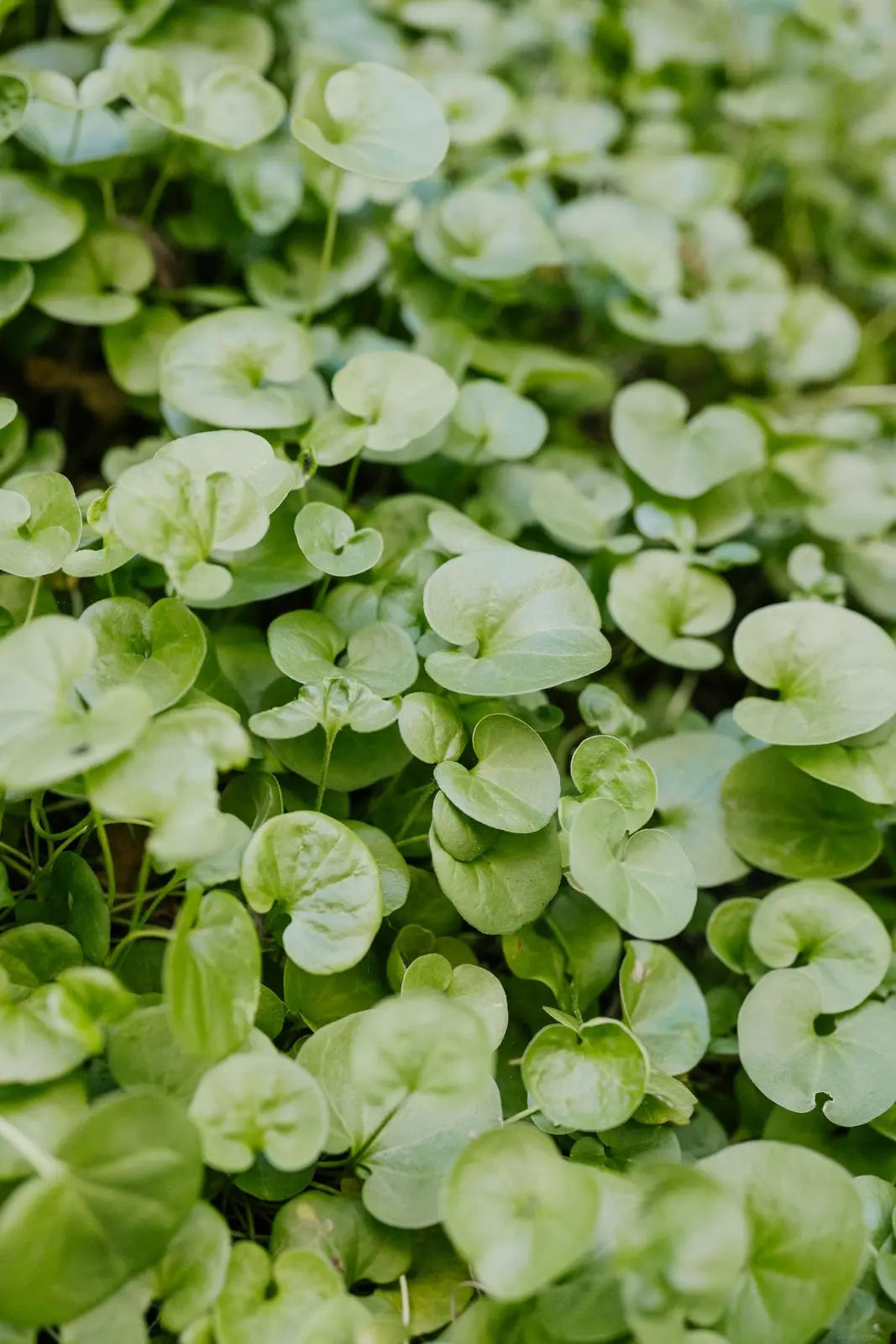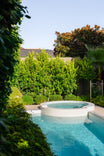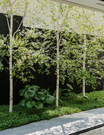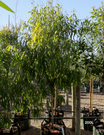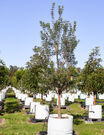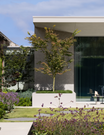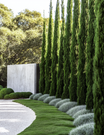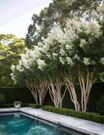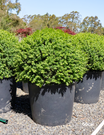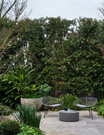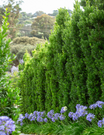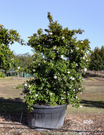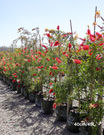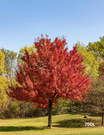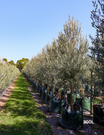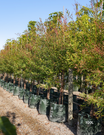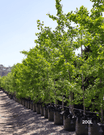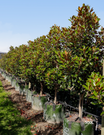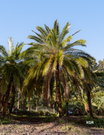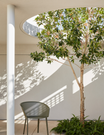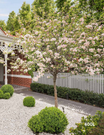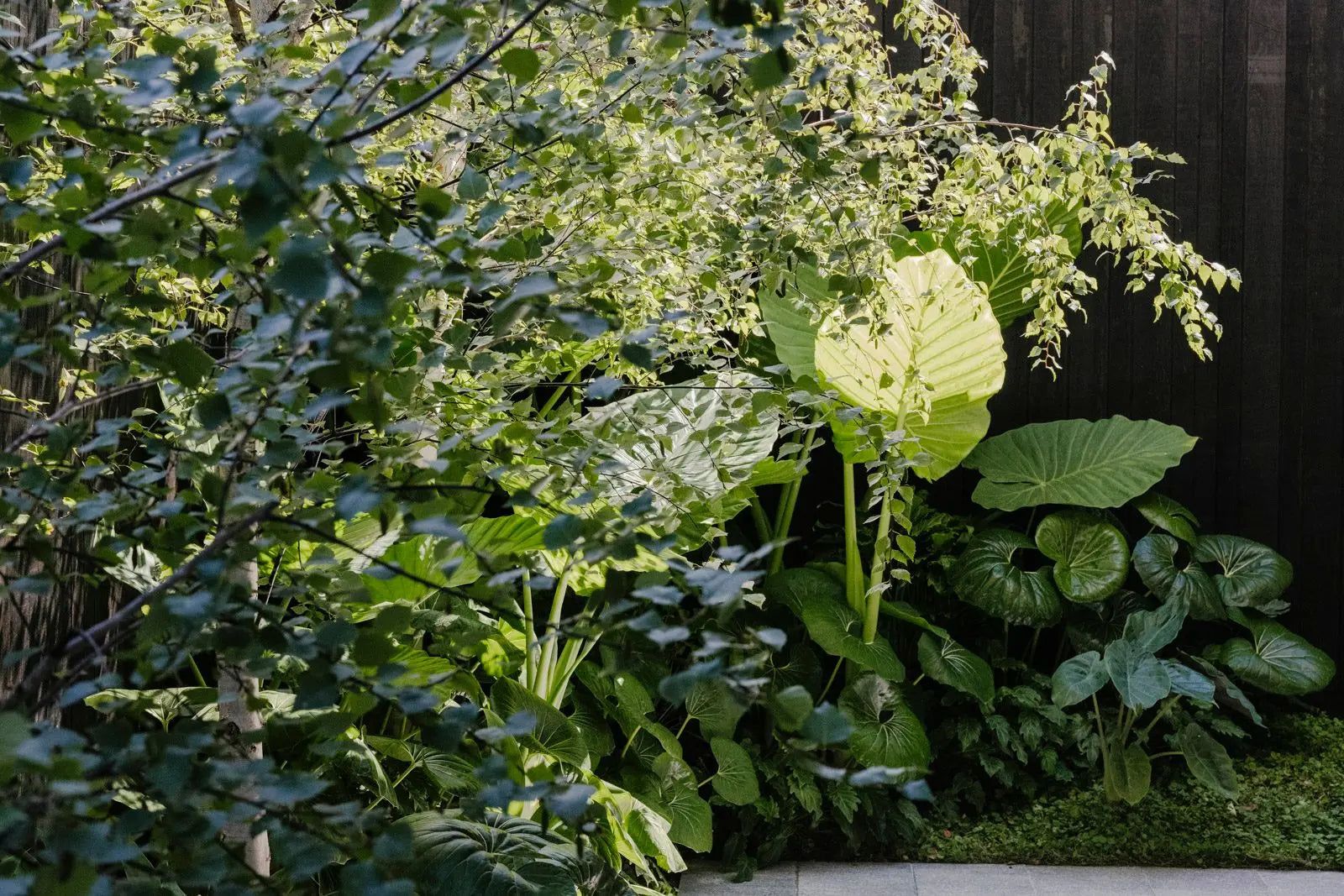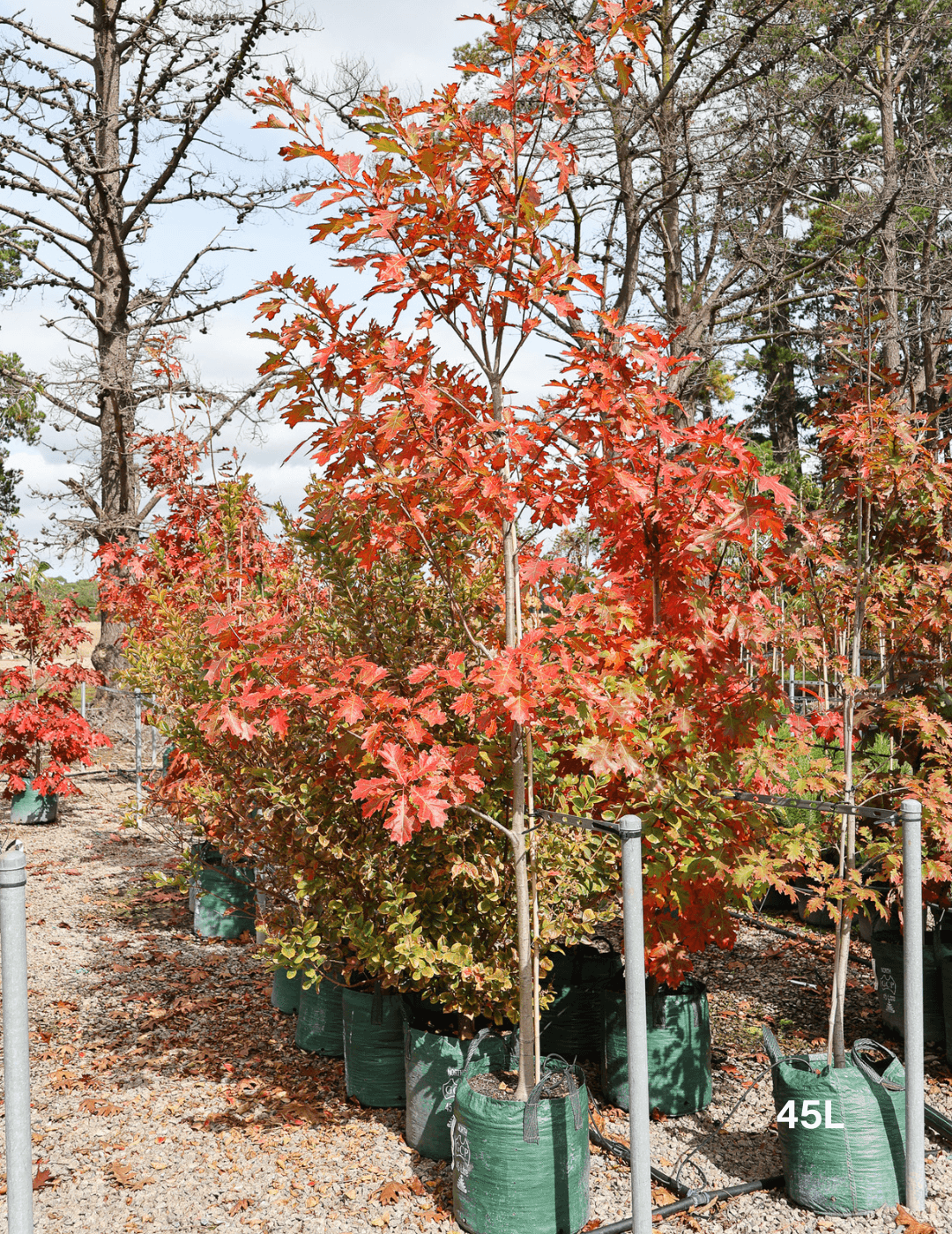
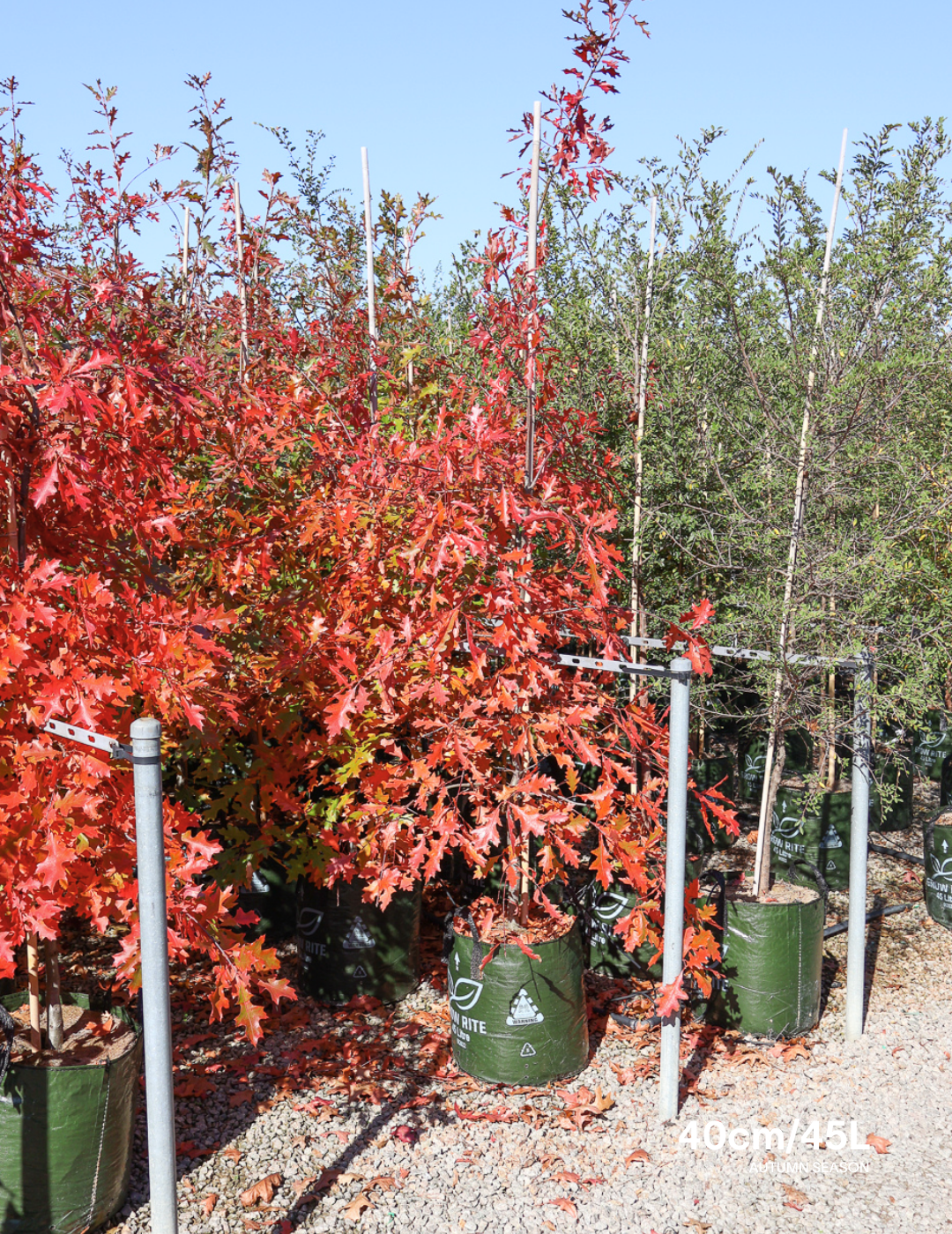
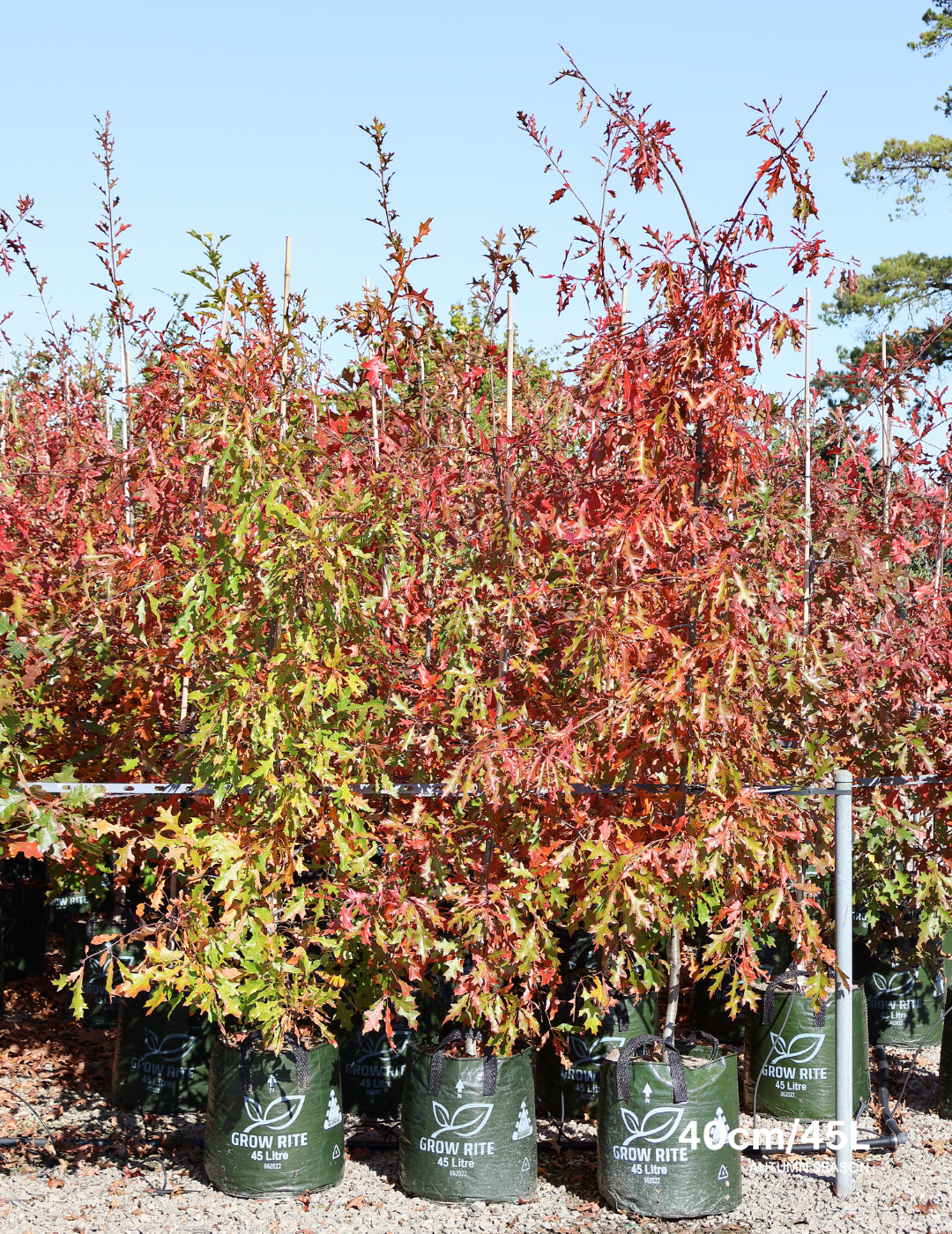
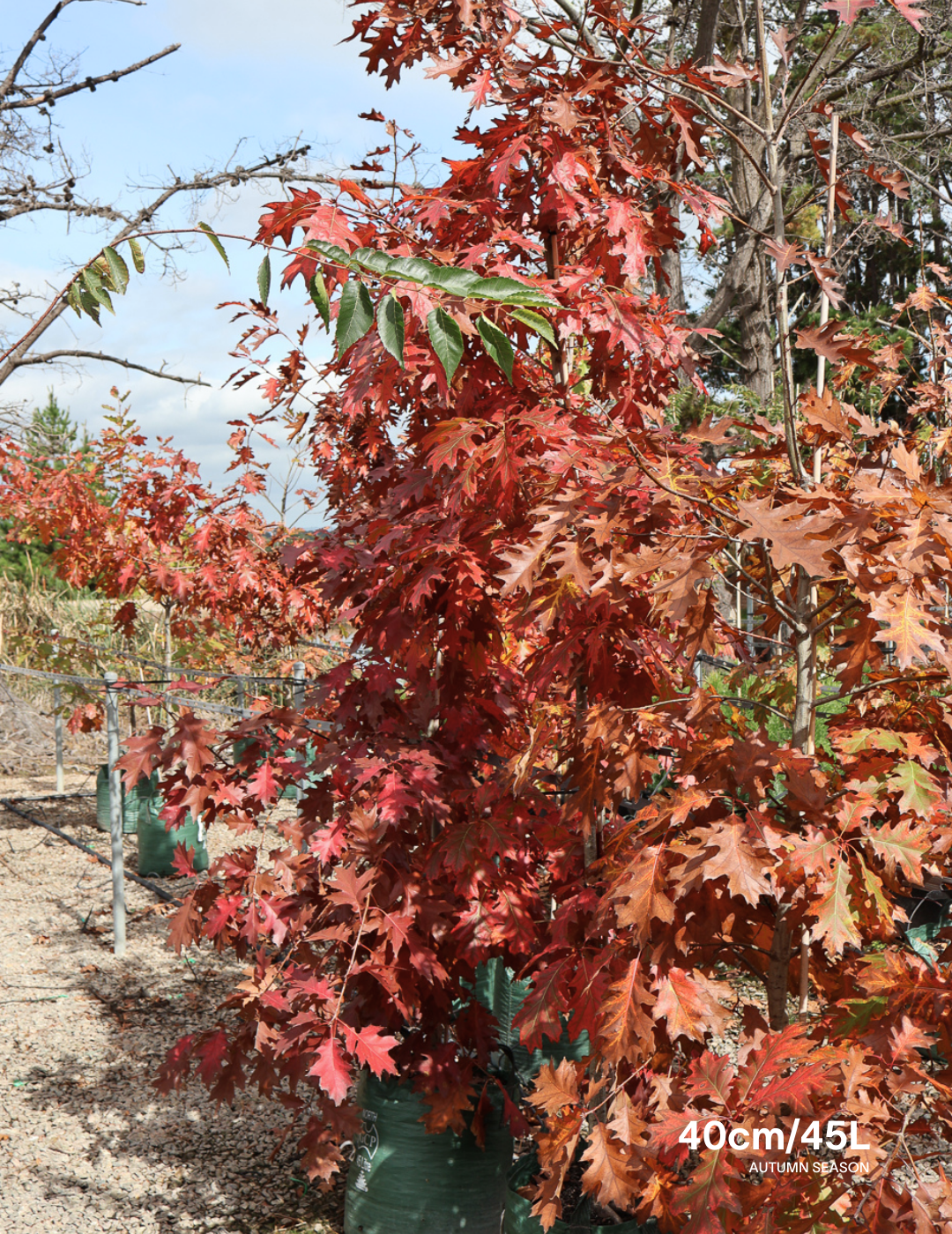
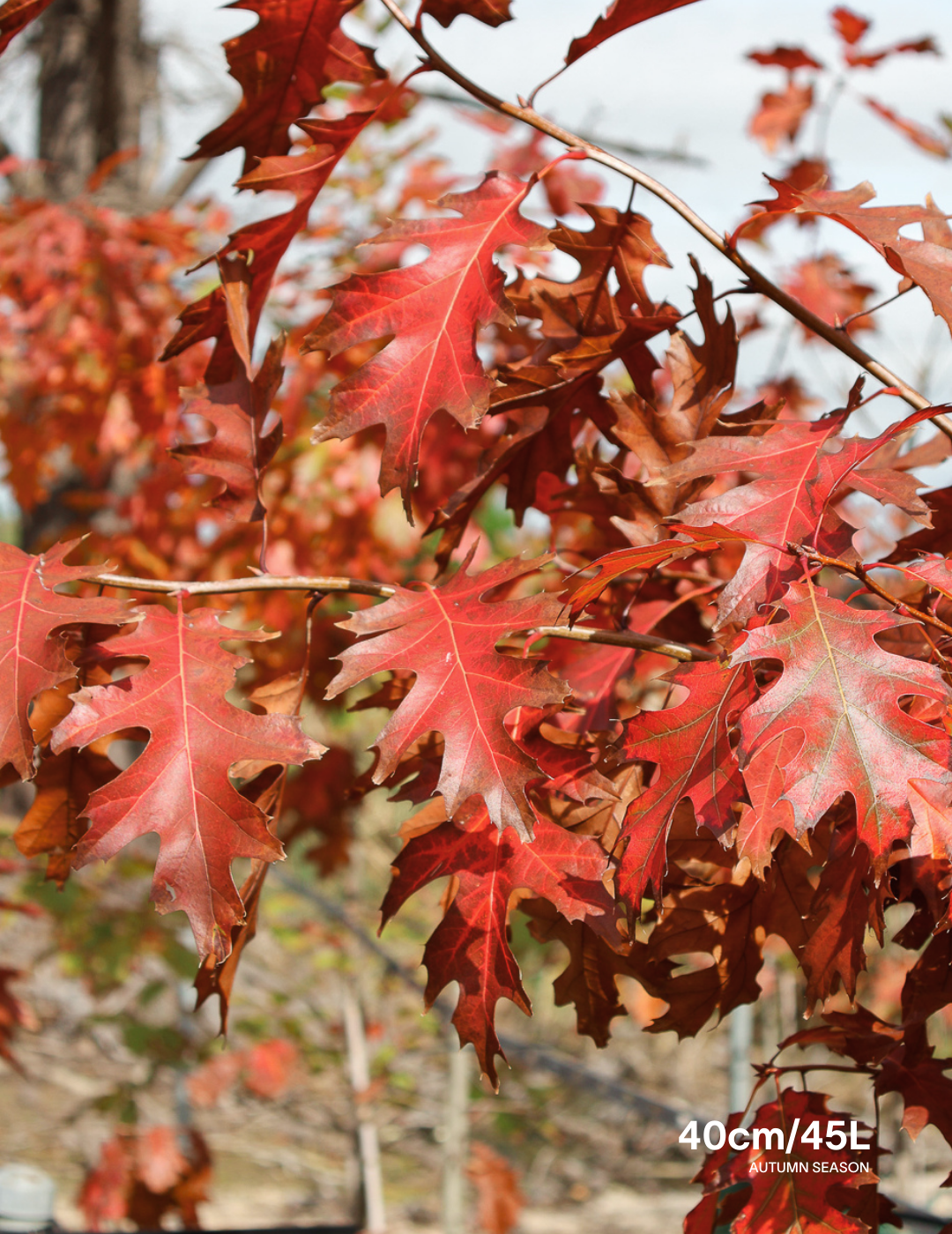
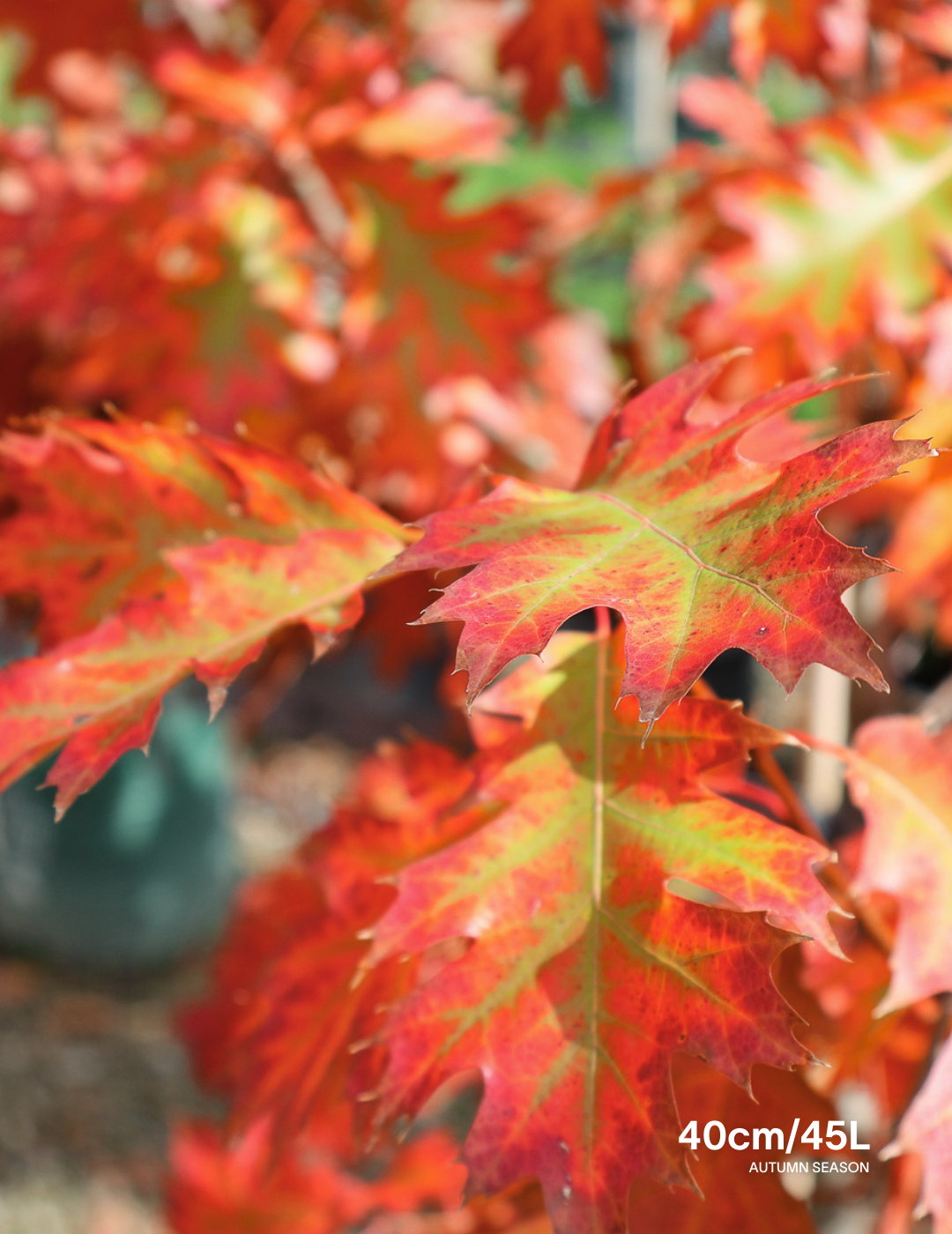
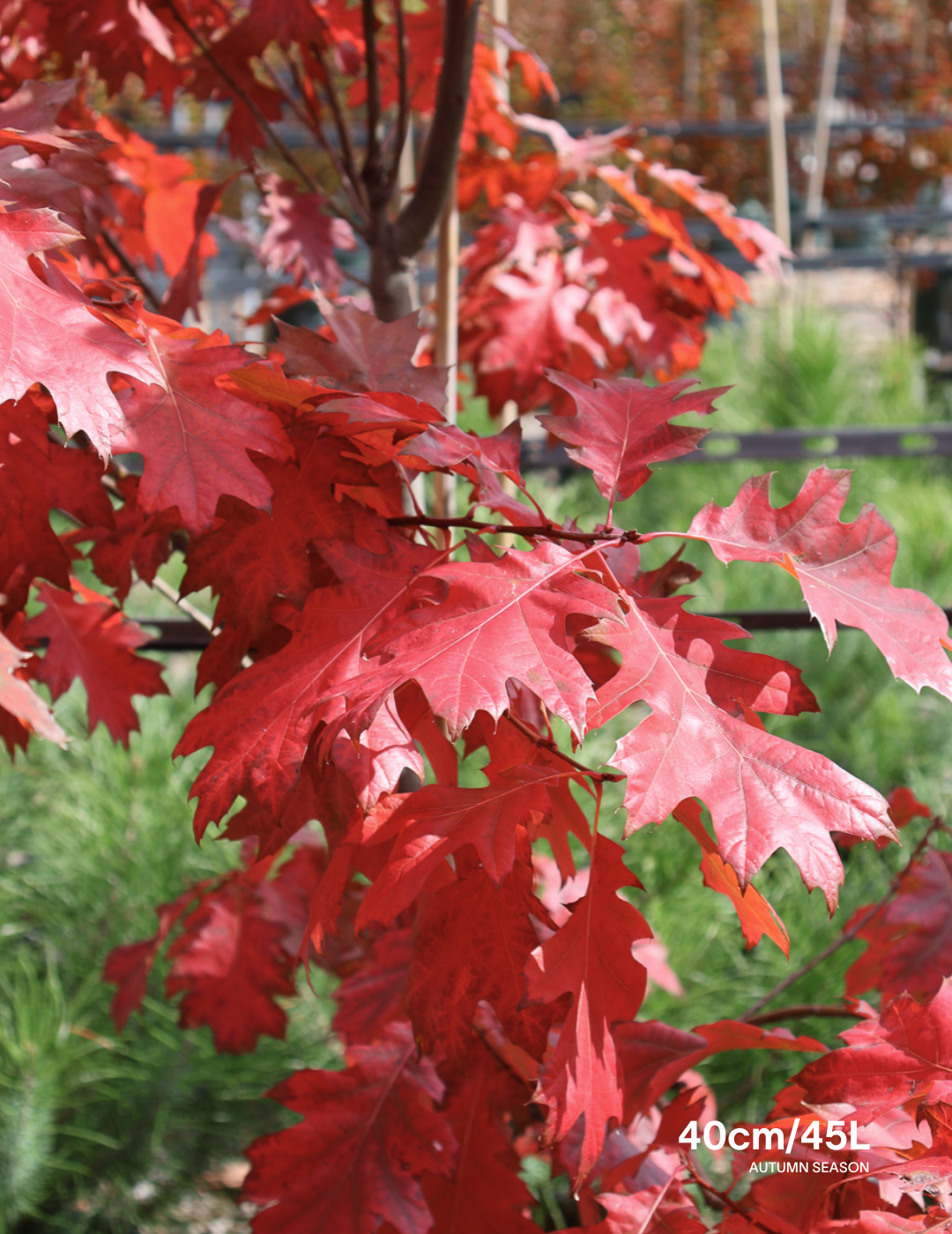
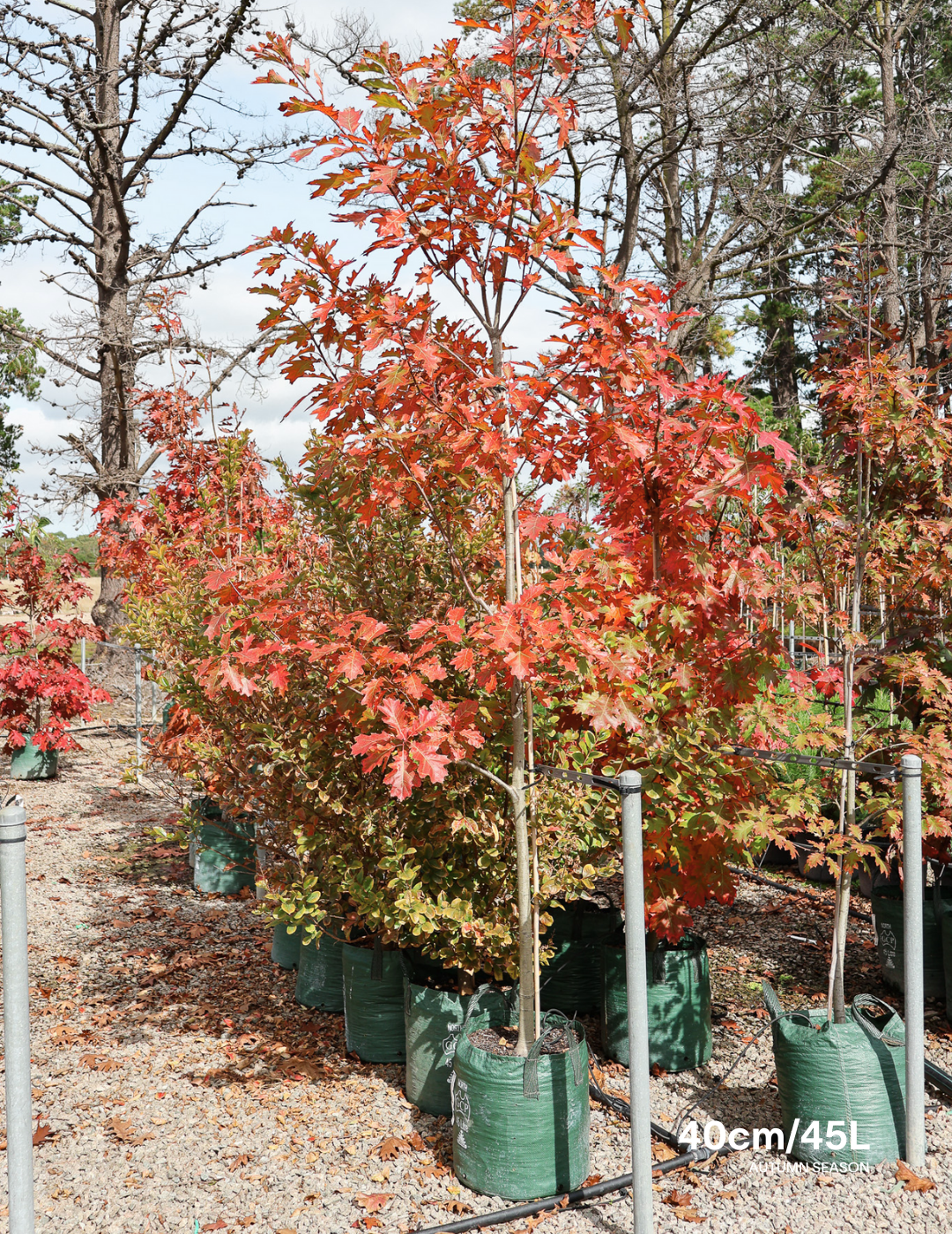
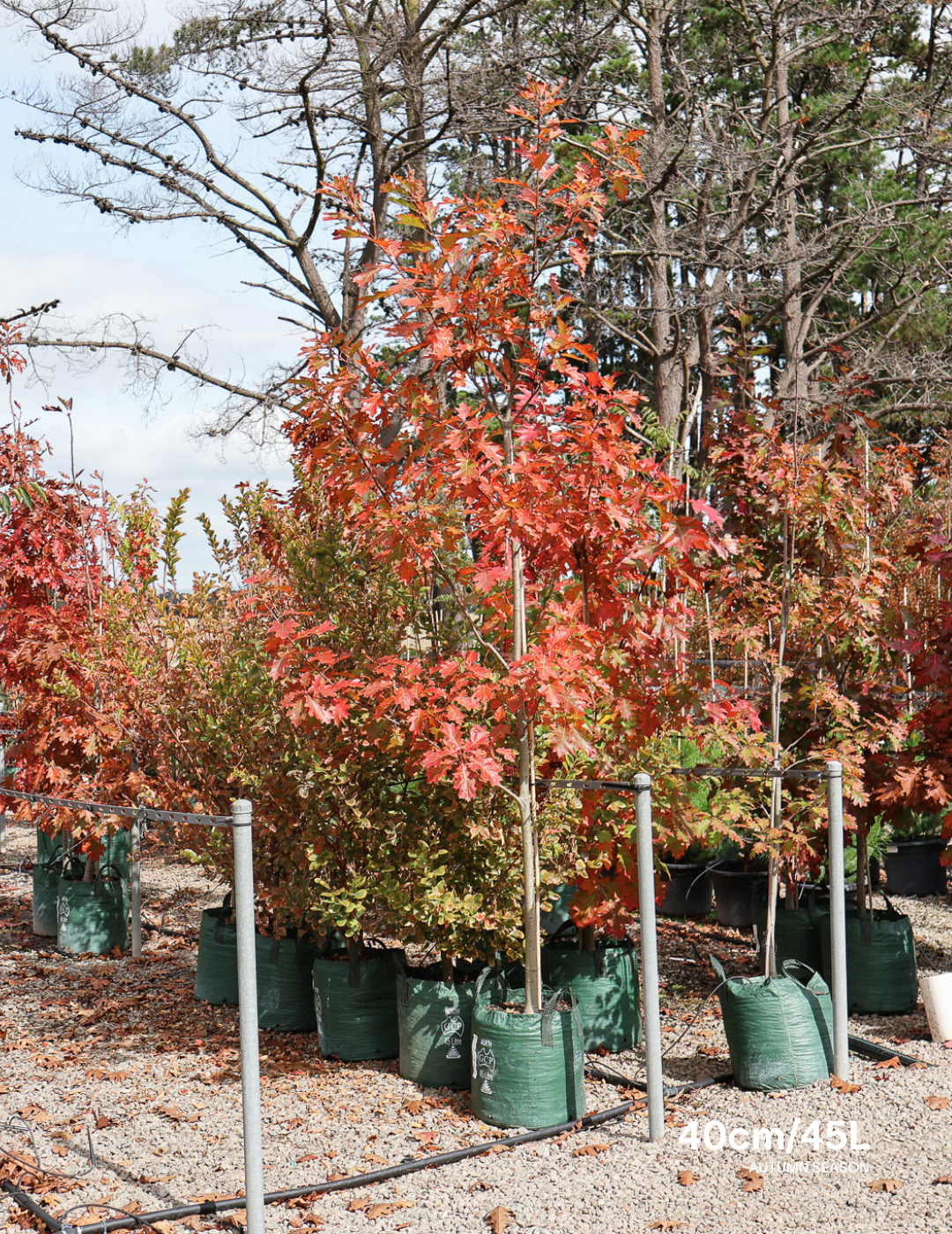
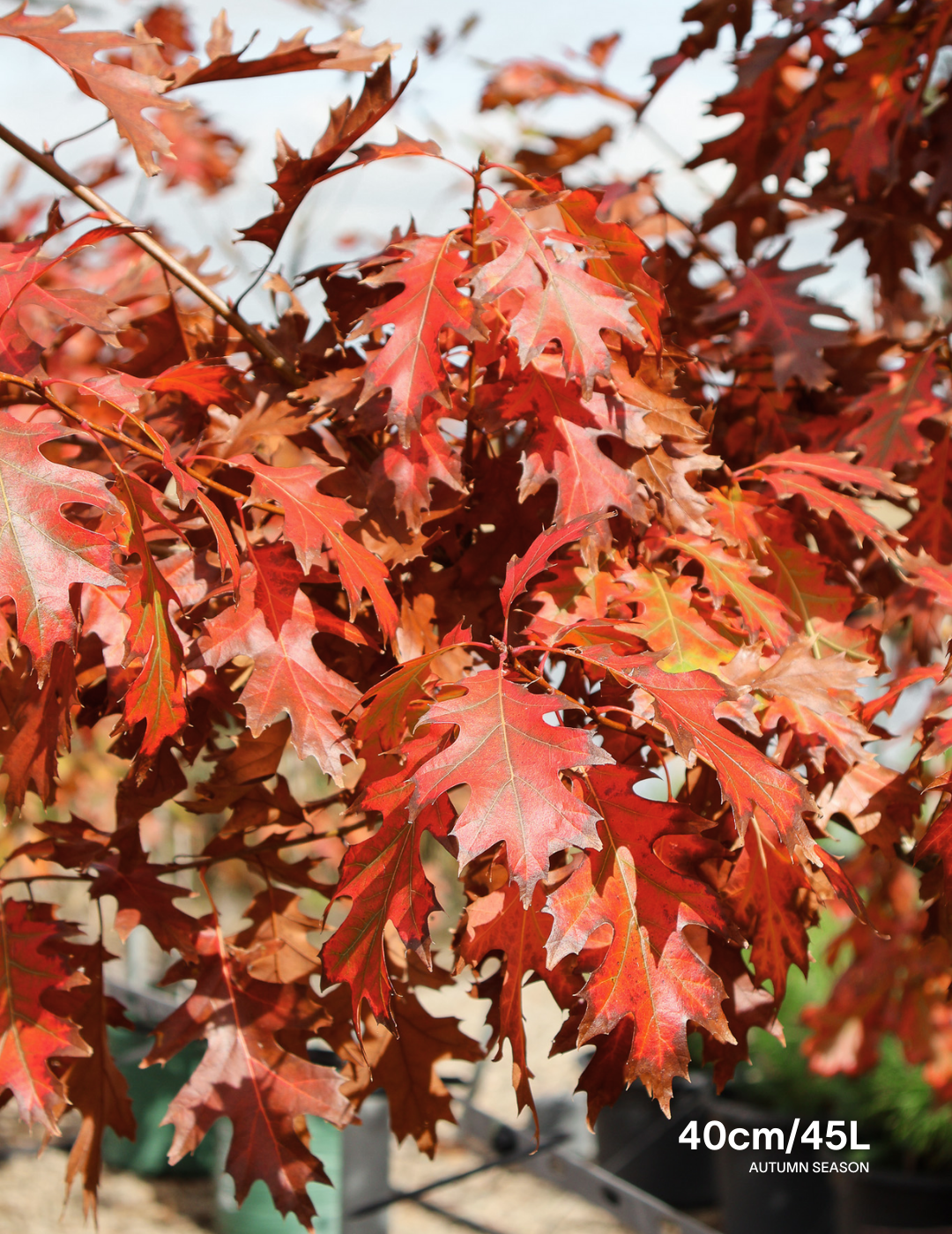
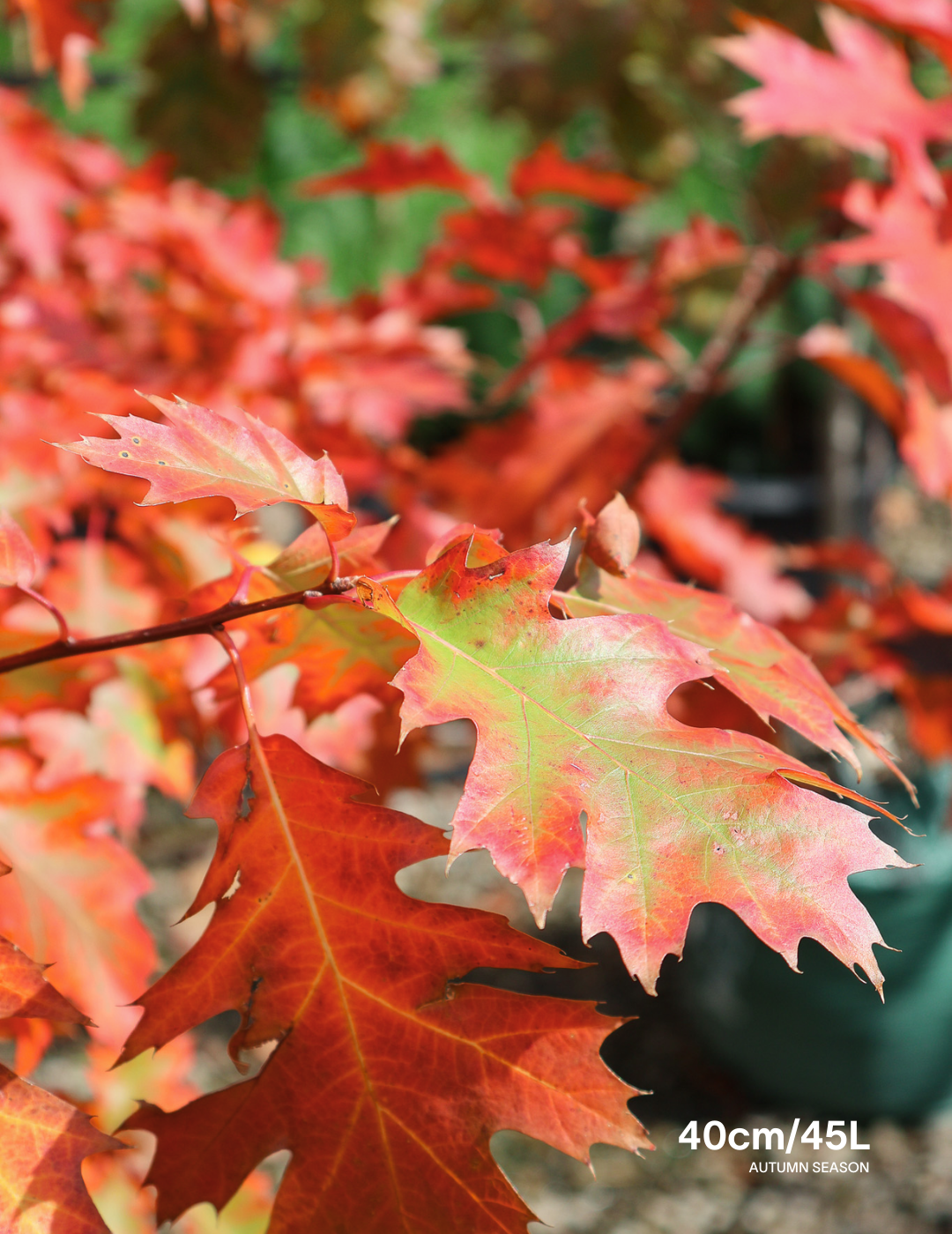
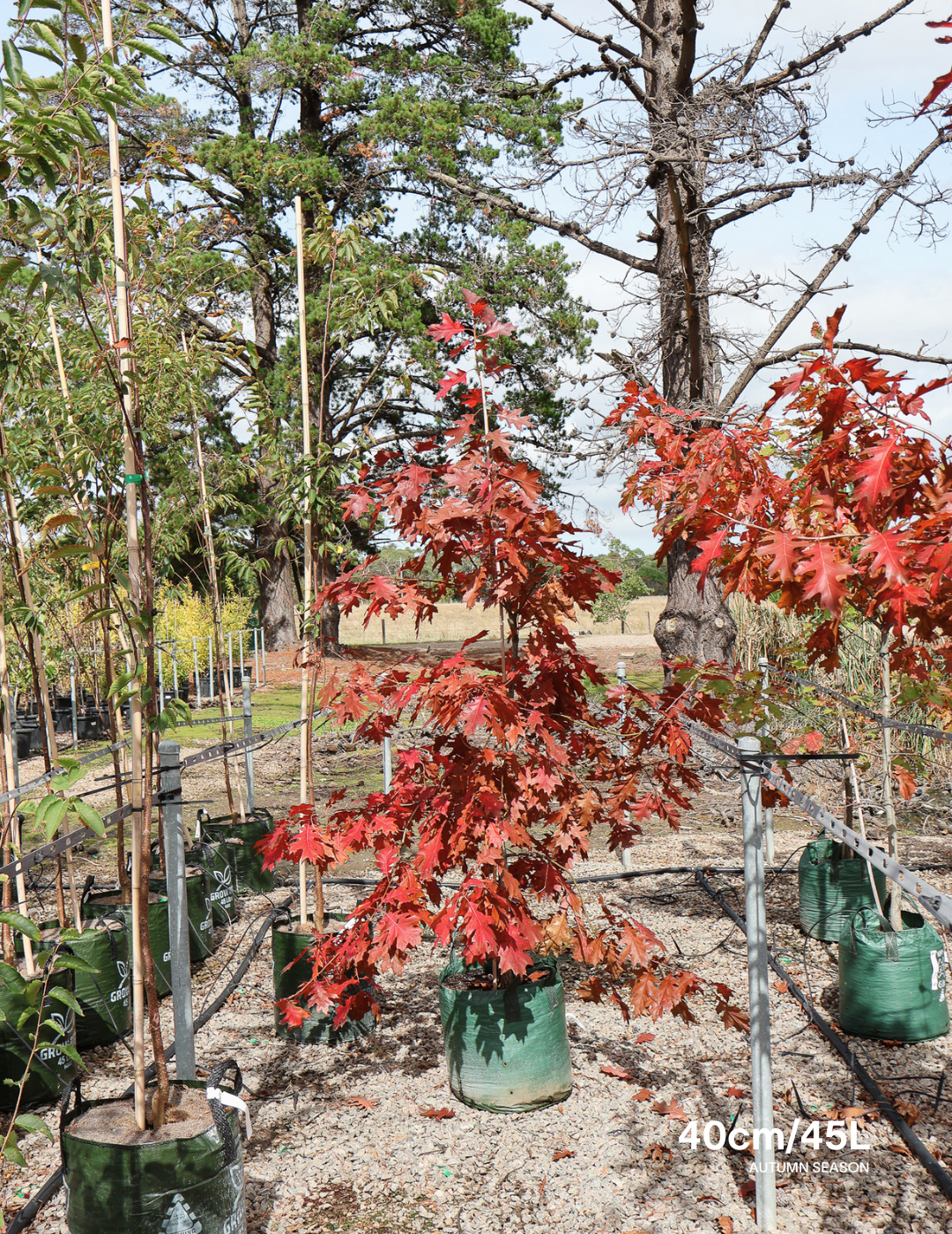
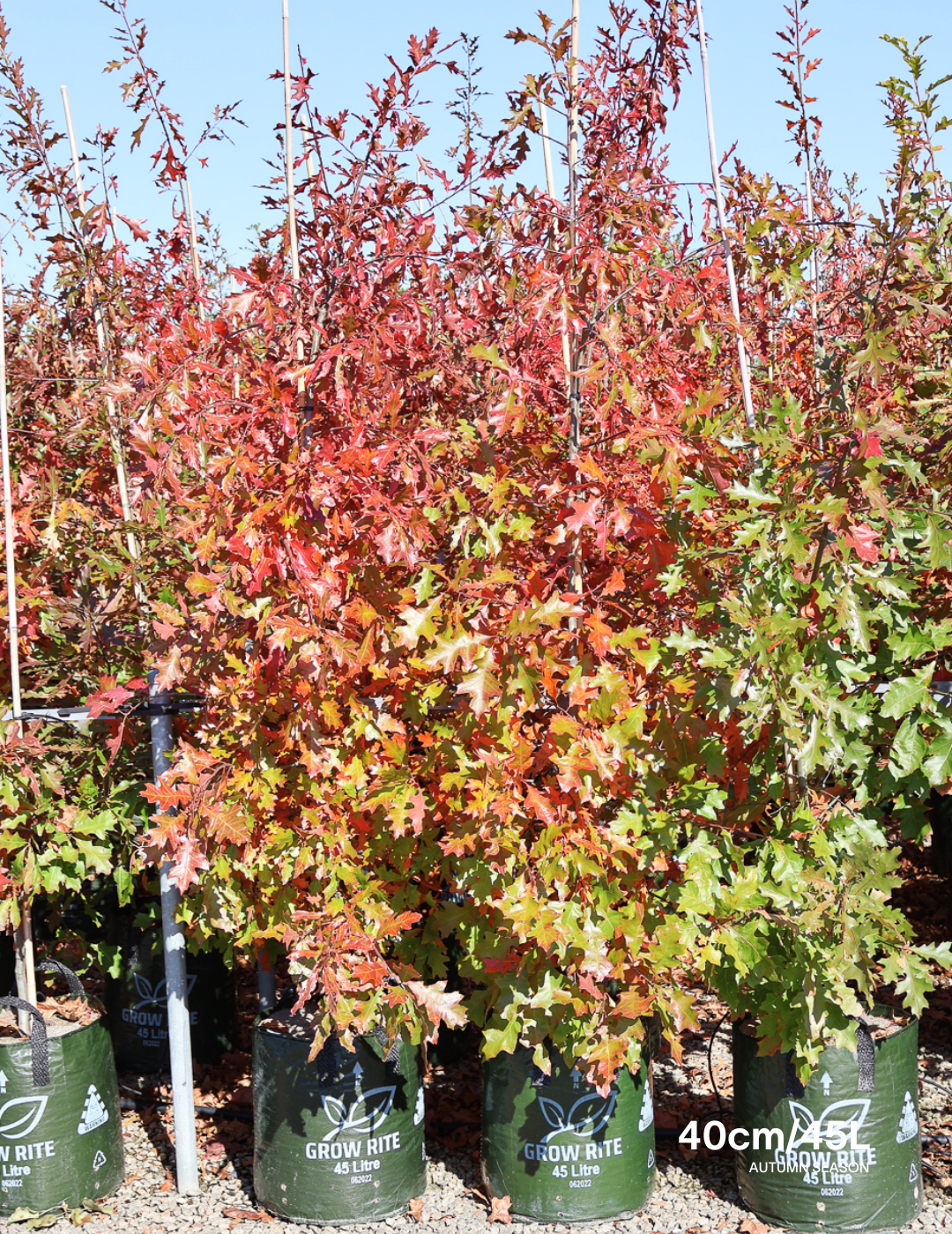
Quercus rubra - Northern Red Oak
Tax included. Shipping calculated at checkout
Please note, as living products, our trees naturally vary in size and appearance throughout the seasons. The photos on our website are provided as a helpful guide, but may not always reflect our current batches.
We always aim to deliver stock as pictured, but some variation is to be expected. For up-to-date sizing, please refer to our current height guide. If you’d like to see photos of our current stock, just let us know—we’re happy to send them!
Our Shipping cost is calculated at checkout based on volume you anticipate to order and exact location.
You will not be charged to find out this information.
We supply advanced trees to landscapers, developers, architects, and councils Australia-wide. Trade clients receive fast quotes, expert advice, and access to premium stock with reliable freight.
10% OFF
When you spend $1,000
15% OFF
When you spend $2,000
20% OFF
When you spend $7,500
Discounts apply automatically at checkout.

Quercus rubra - Northern Red Oak
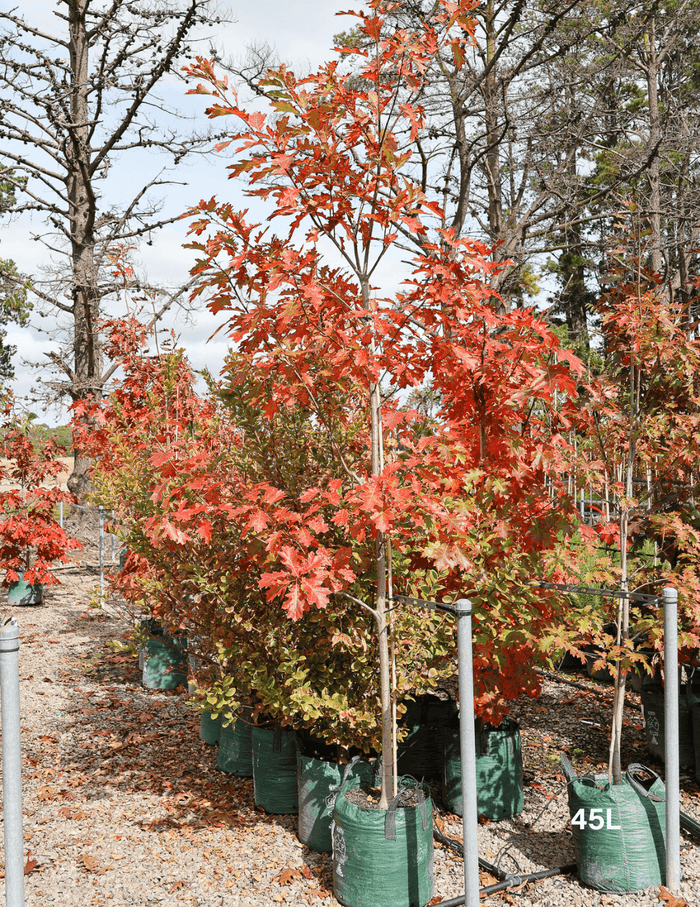 is a Deciduous (Defoliates throughout colder months)
is a Deciduous (Defoliates throughout colder months)
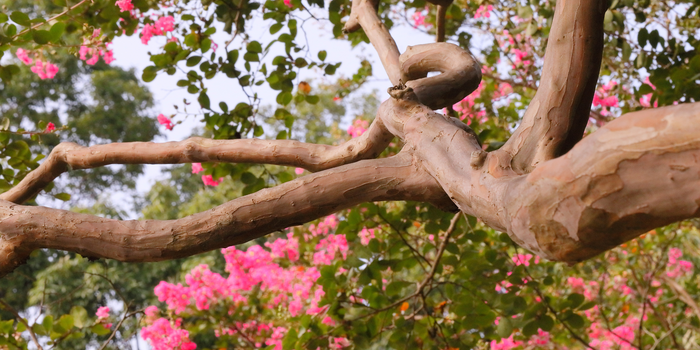 tree with a Mature Height of 20m - 30m Approximately,
and a Mature Width of 15 – 20 m.
tree with a Mature Height of 20m - 30m Approximately,
and a Mature Width of 15 – 20 m.
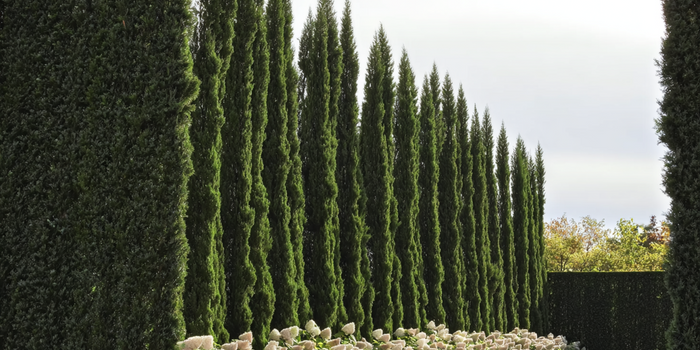 They have a Medium Growth Rate,
They have a Medium Growth Rate,
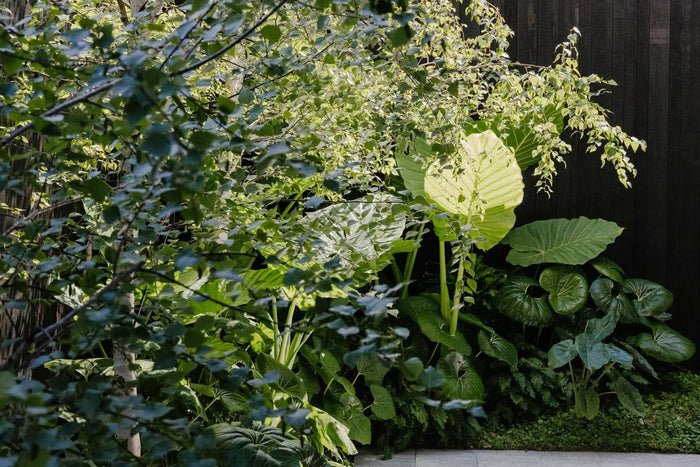 with per annum growth of Approx. 40 – 60 cm per year (moderate).
with per annum growth of Approx. 40 – 60 cm per year (moderate).
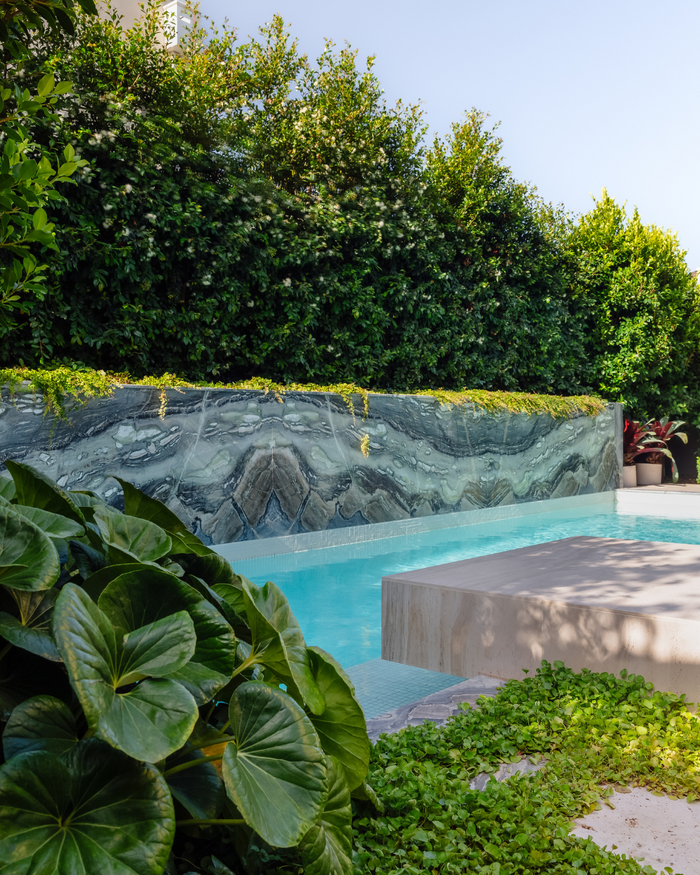 Quercus rubra - Northern Red Oak can be used for Avenue Planting, Shade Tree, Street Tree, Feature Tree, and Rural Property Planting.
Quercus rubra - Northern Red Oak can be used for Avenue Planting, Shade Tree, Street Tree, Feature Tree, and Rural Property Planting.
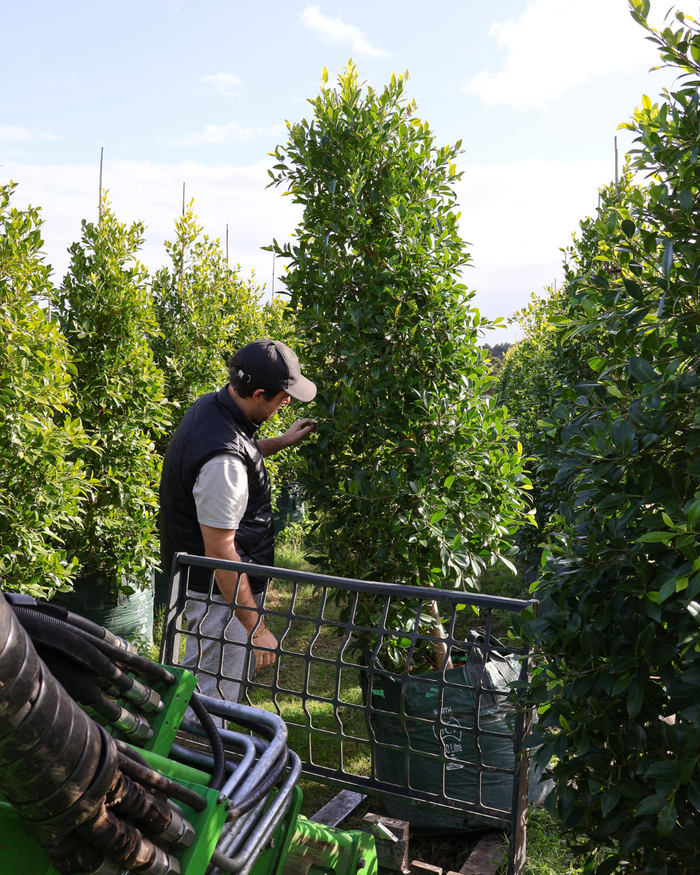 They tolerate Full Sun.
They tolerate Full Sun.
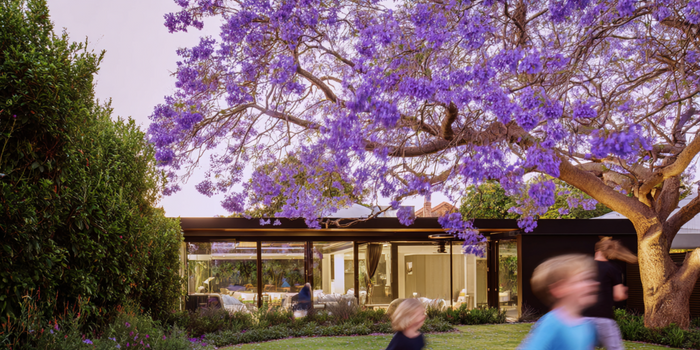







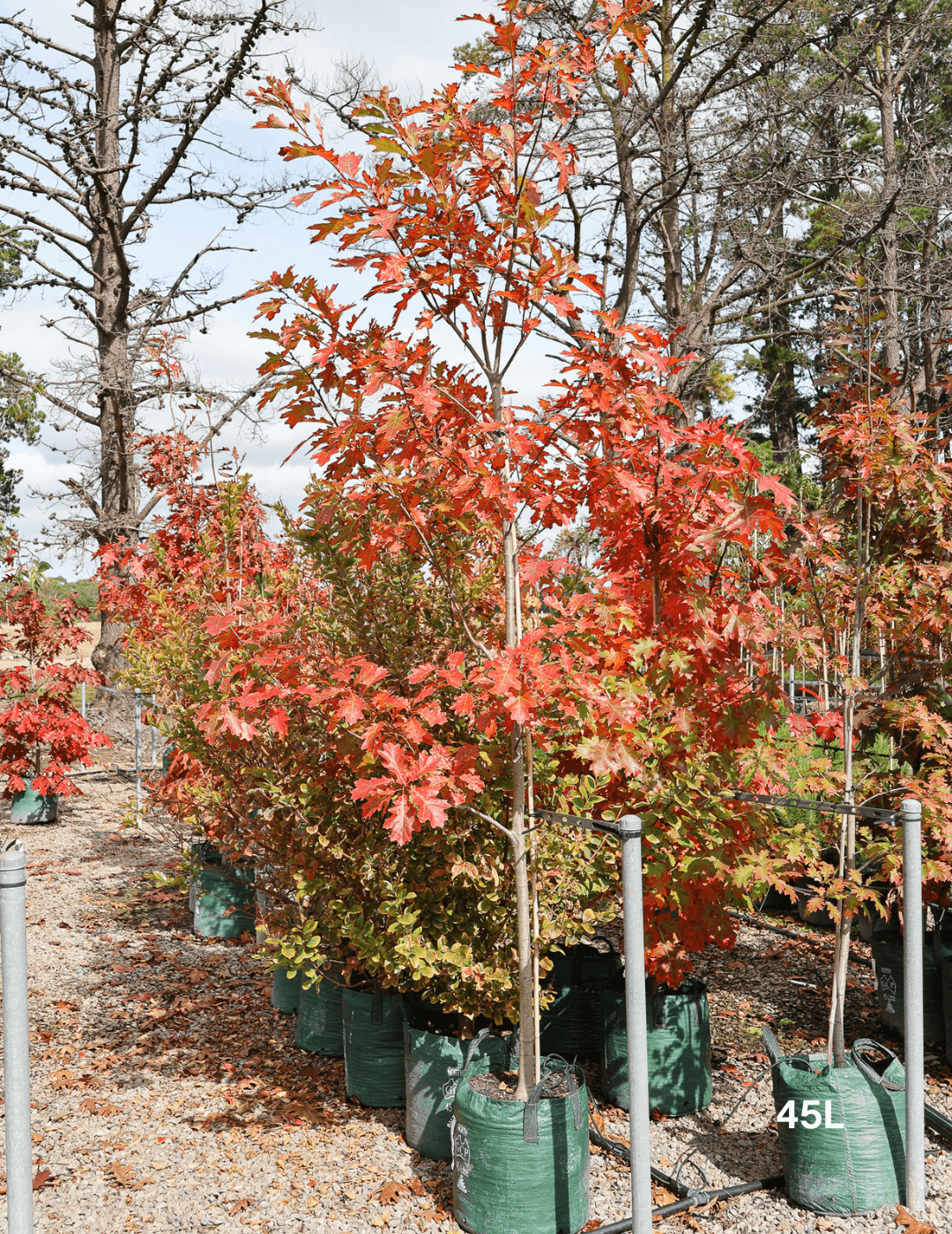
PLANT PROFILE
Quercus rubra (Northern Red Oak) looks excellent as a fast-growing, upright shade tree with a broad, symmetrical canopy that provides strong architectural presence in large gardens, parks, and avenue plantings. Its dark green, deeply lobed leaves offer rich texture during the growing season and transform into a spectacular autumn display of maroon, red, and golden-brown hues, creating eye-catching seasonal interest.
Reaching 18 to 25 metres tall with a 12 to 15-metre spread, Northern Red Oak establishes quickly compared to other oaks, making it ideal where fast canopy development and shade are needed. Its straight trunk and neat form suit formal streetscapes and civic landscapes well.
It performs best in full sun with well-drained soils and tolerates urban conditions, clay soils, and moderate drought once established. The tree looks excellent when underplanted with shade-tolerant groundcovers or late-flowering perennials to extend seasonal interest beneath its canopy. Low maintenance and moderate watering needs make it a practical and attractive choice for both residential and public spaces.
Mature Height: 20m - 30m Approximately
Mature Width: 15 – 20 m
Approx. 40 – 60 cm per year (moderate)
Use this as a reference when digging your planting hole. We recommend digging at least 10% wider than the dimensions below to encourage strong root development.
- 30cm Pot: 33cm (W) × 30cm (D)
- 40cm/45L Pot: 44cm (W) × 41.5cm (D)
- 50cm Pot / 70L Pot: 55cm (W) × 41.8cm (D)
- 100L Bag: 50.6cm (W) × 52.8cm (D)
- 150L Bag: 66cm (W) × 55cm (D)
- 200L Bag: 71.5cm (W) × 60.5cm (D)
- 300L Bag: 88cm (W) × 63.8cm (D)
- 400L Bag: 99cm (W) × 66cm (D)
- 500L Bag: 122cm (W) × 66cm (D)
- 750L Bag: 134cm (W) × 69cm (D)
- 1000L Bag: 146.3cm (W) × 71.5cm (D)
- 2000L Bag: 176cm (W) × 82.5cm (D)
Quercus rubra - Northern Red Oak is Frost Hardy – Survives heavy and frequent frost without damage..
Does Quercus rubra - Northern Red Oak flower?
Not Applicable
We've Been Featured In






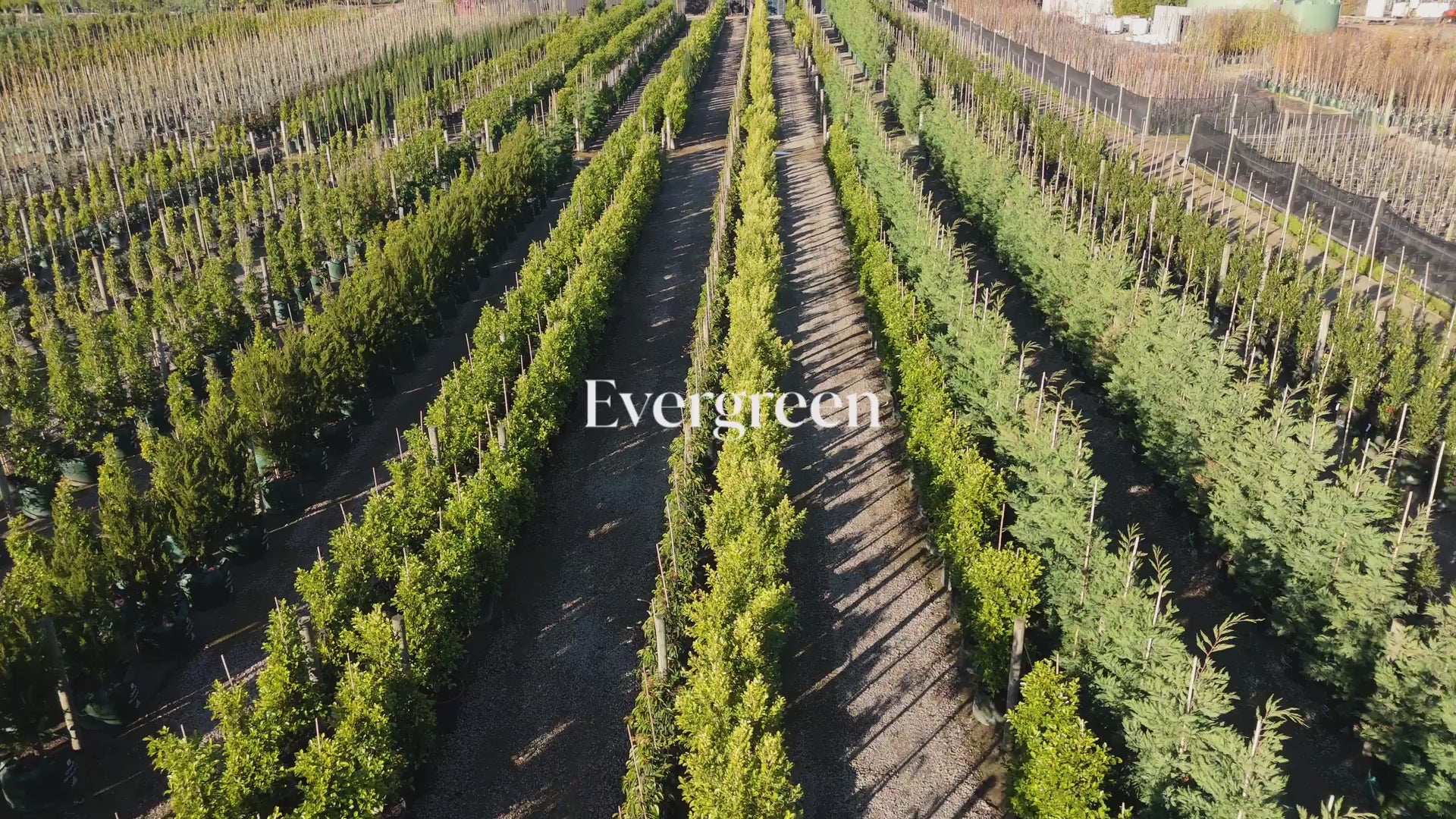
Here Is What Customers Like You Frequently Ask
FAQ
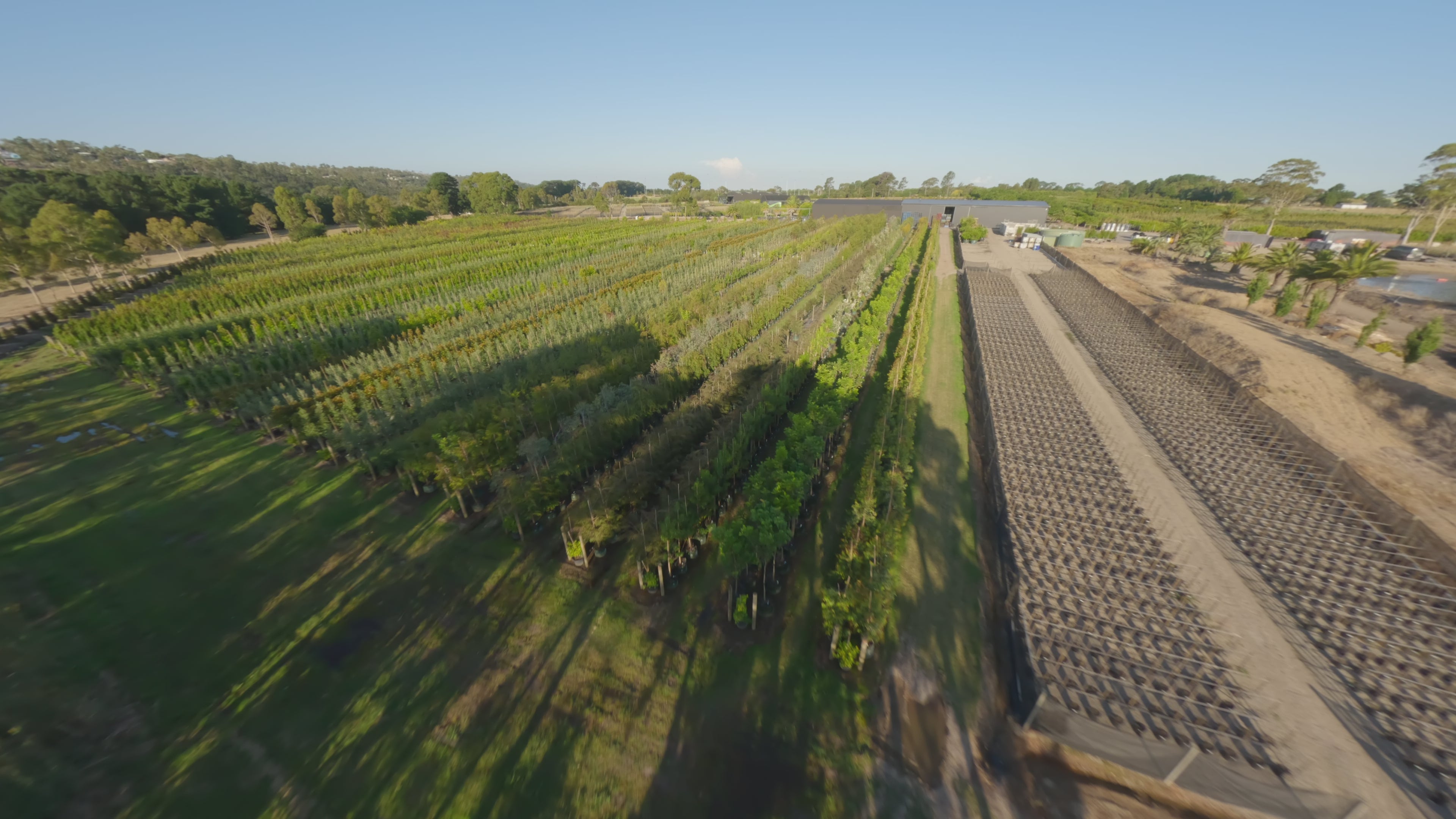
Your One Stop Shop Advanced Tree Supplier
HAVE A PLANT SCHEDULE TO SEND US?
Need Assistance For Your Next Project? Let Us Help.
Evergreen Trees Direct is Australia's unrivaled supplier of the highest quality advanced tree stock. Our extensive supplier network allows us to provide a one-stop shop for all your landscaping needs, no matter how big or small the project. We pride ourselves on exceptional service, ensuring a seamless experience from selection to delivery. Trust us to bring your landscaping vision to life with the perfect trees for any outdoor space. With our unrivaled selection and commitment to service, Evergreen Trees Direct is the top choice for landscapers, property developers, and garden enthusiasts alike.
Recently Supplied Projects
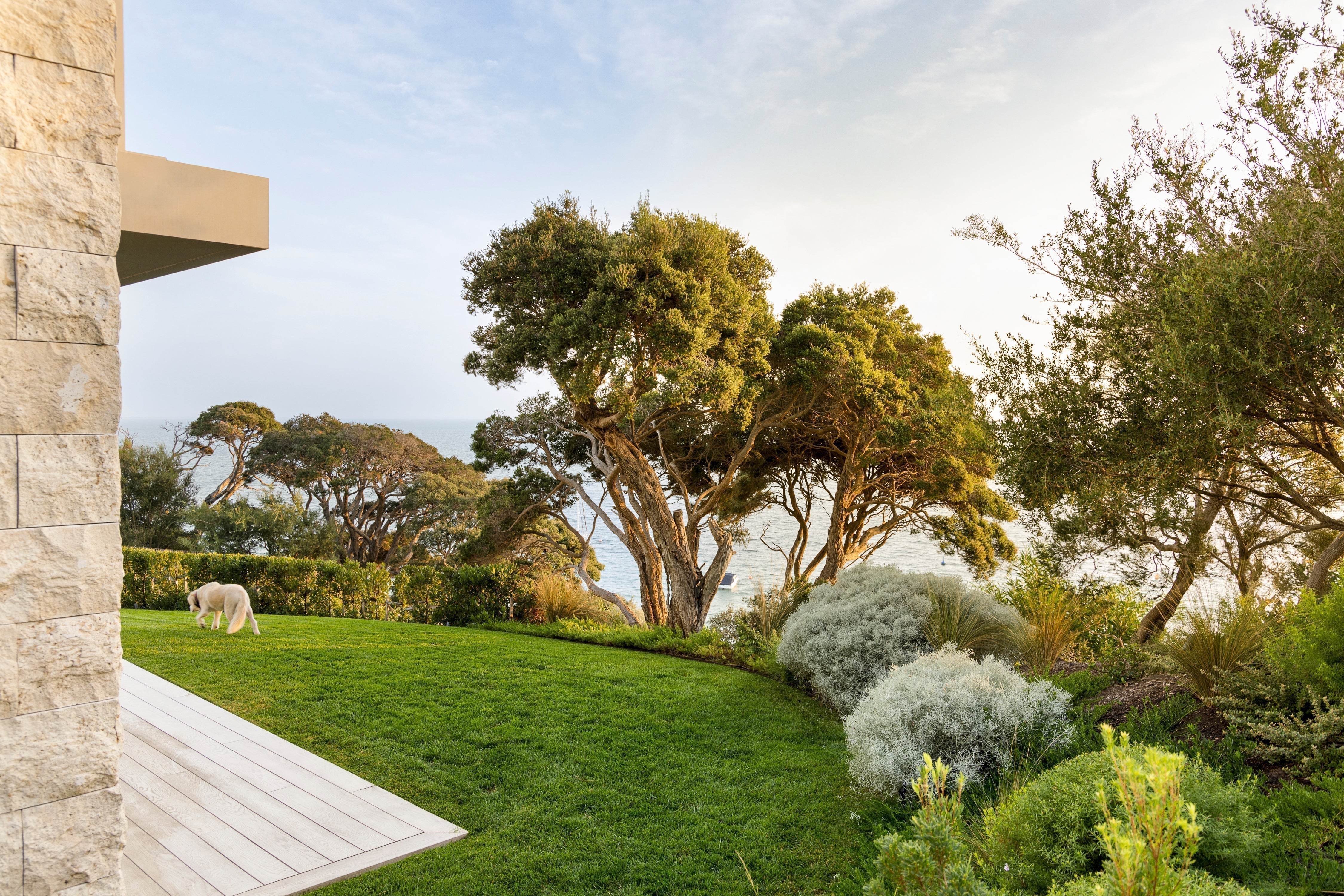
Mornington Peninsula Coastal Garden
A layered, resilient coastal garden designed to withstand harsh salt winds and seasonal extremes. This Mornington Peninsula property features a curated tree and shrub palette focused on longevity, ...
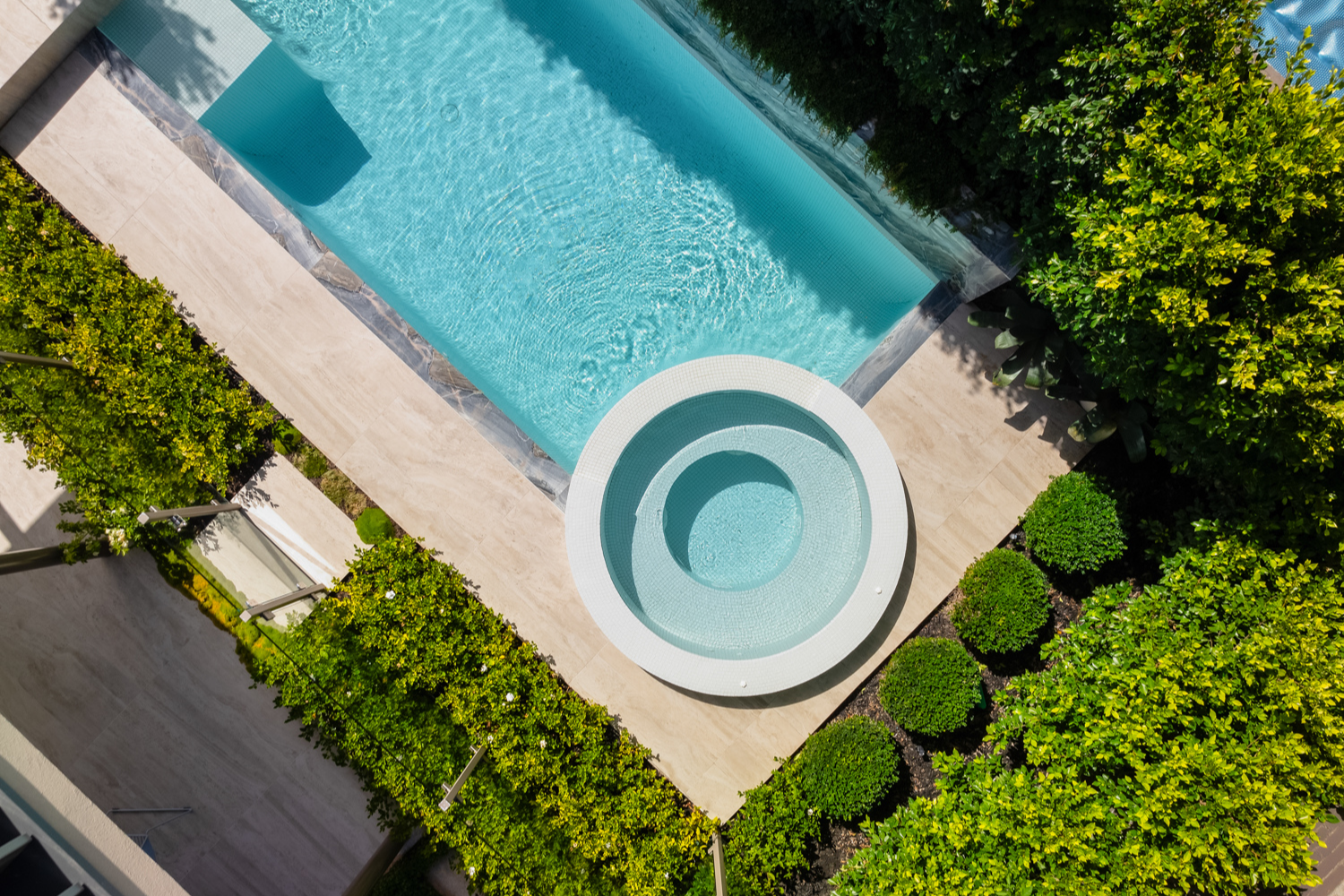
Presenting our recent project in Brighton, Victoria, landscaped by Jack Merlo Landscape & Design. This modern landscape features a variety of hedging, screening, and feature trees, all supplied...
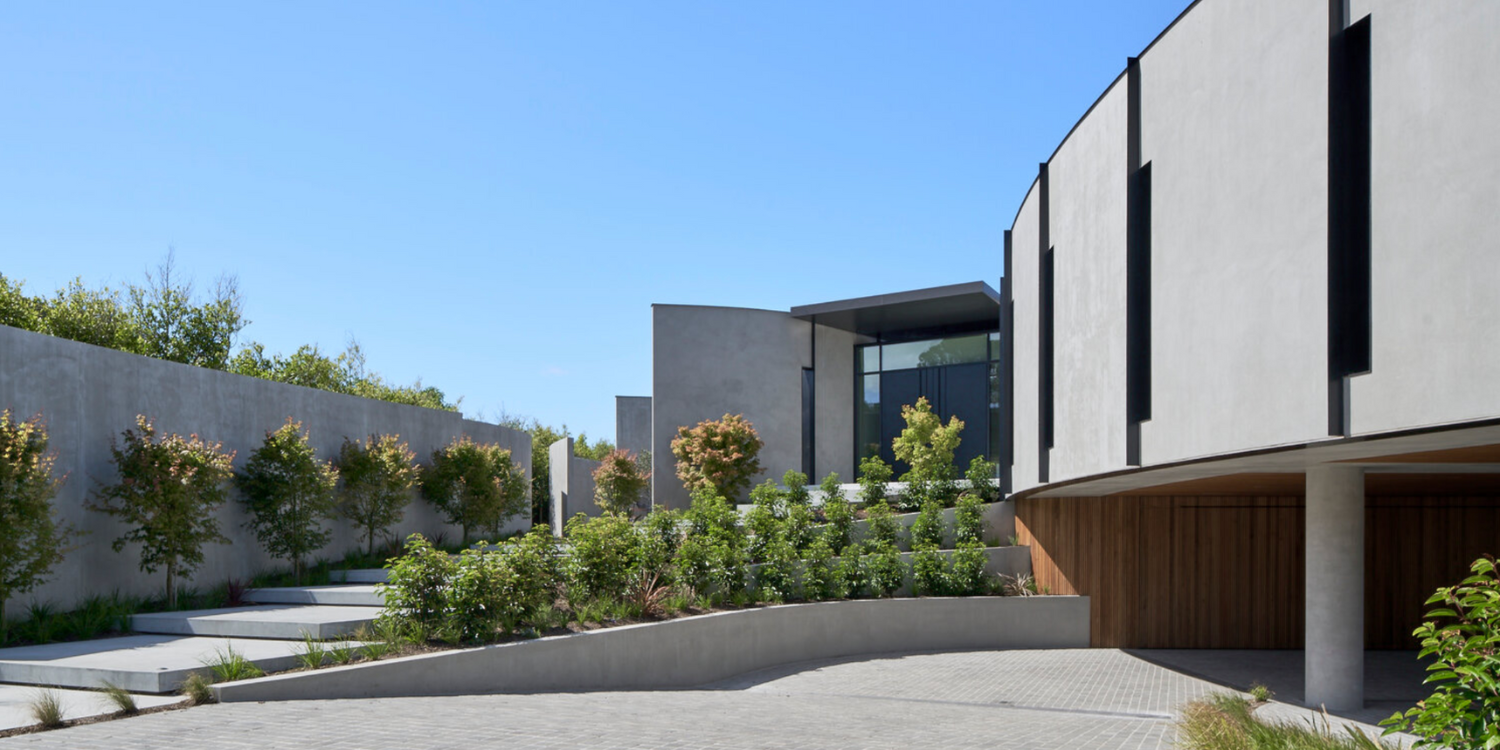
Horizon House in Flinders blends nature with bold architectural design, using natural elements to enhance its modern aesthetic. Acer Palmatum (Japanese Maple) lines the walkway to the entrance, add...
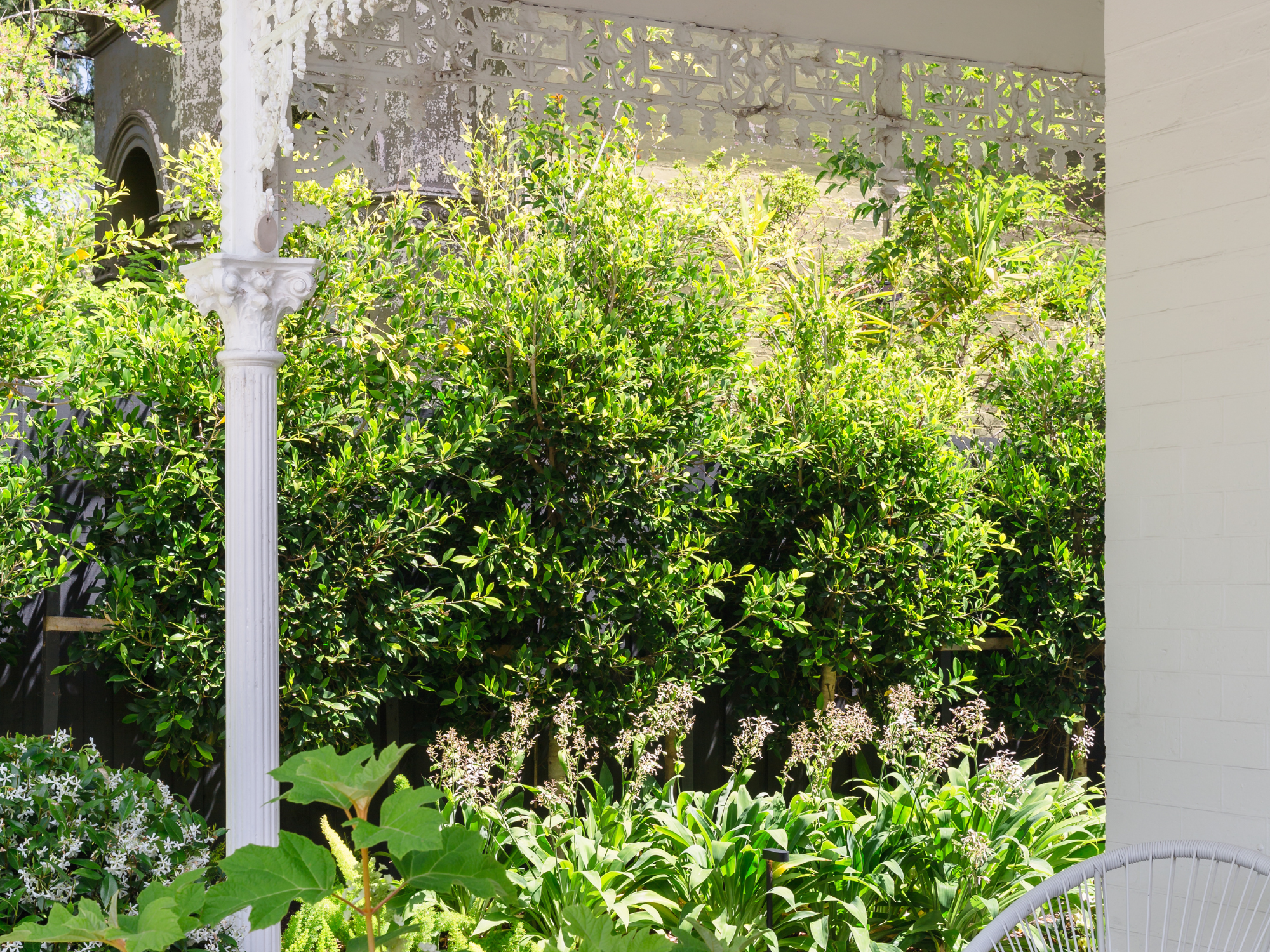
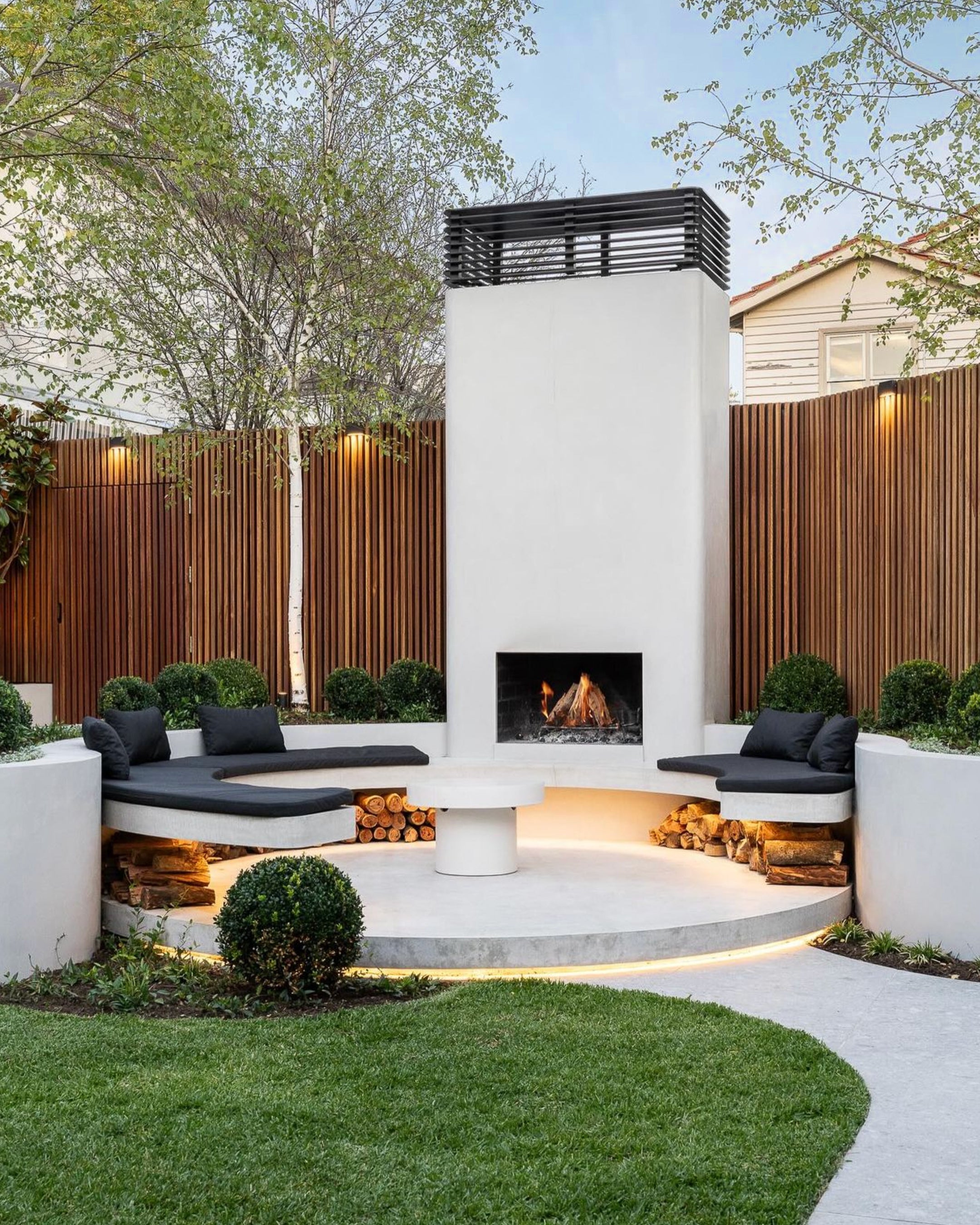
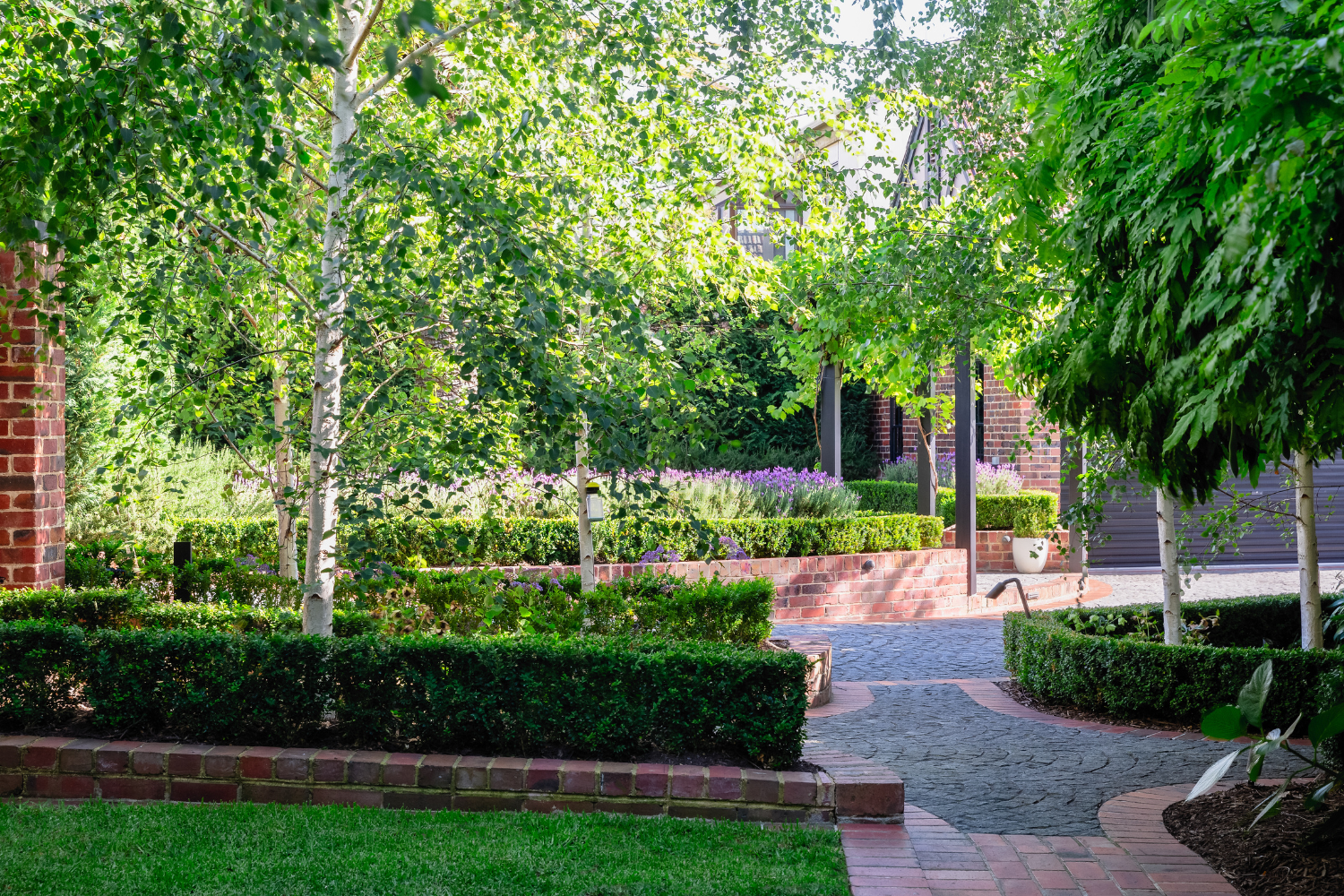
The Esplanade, Mornington Project
The Esplanade project, located along the Mornington coastline, features a carefully chosen selection of trees that thrive in the unique coastal environment of sea breezes and sandy soil. Led by Rob...


